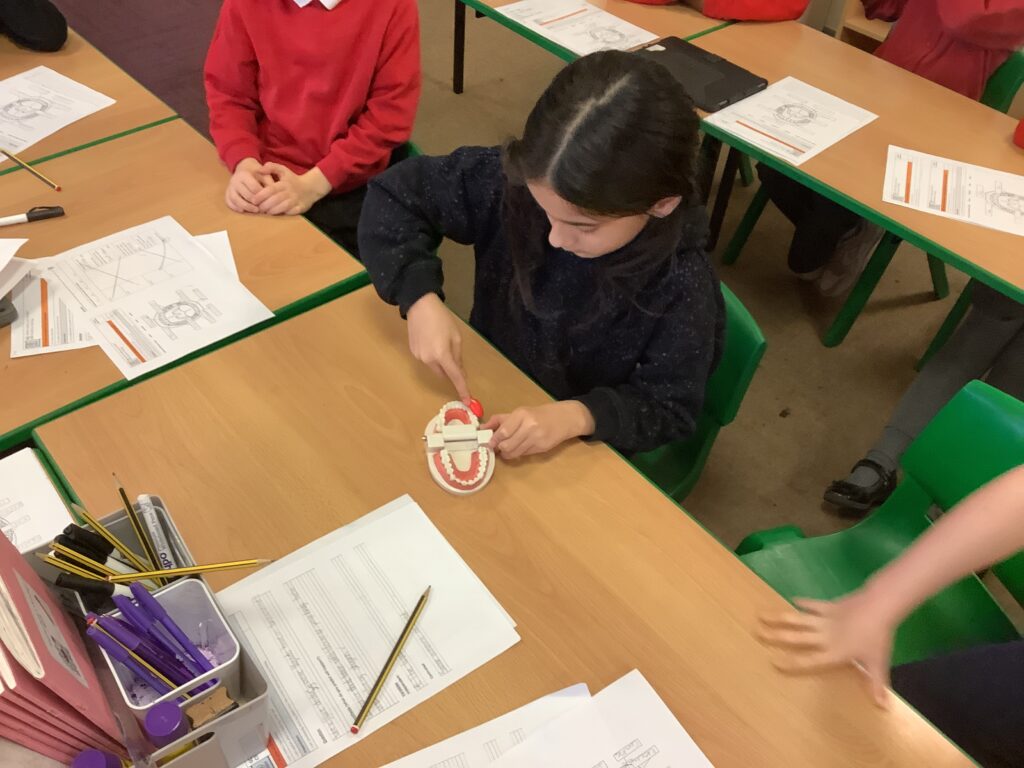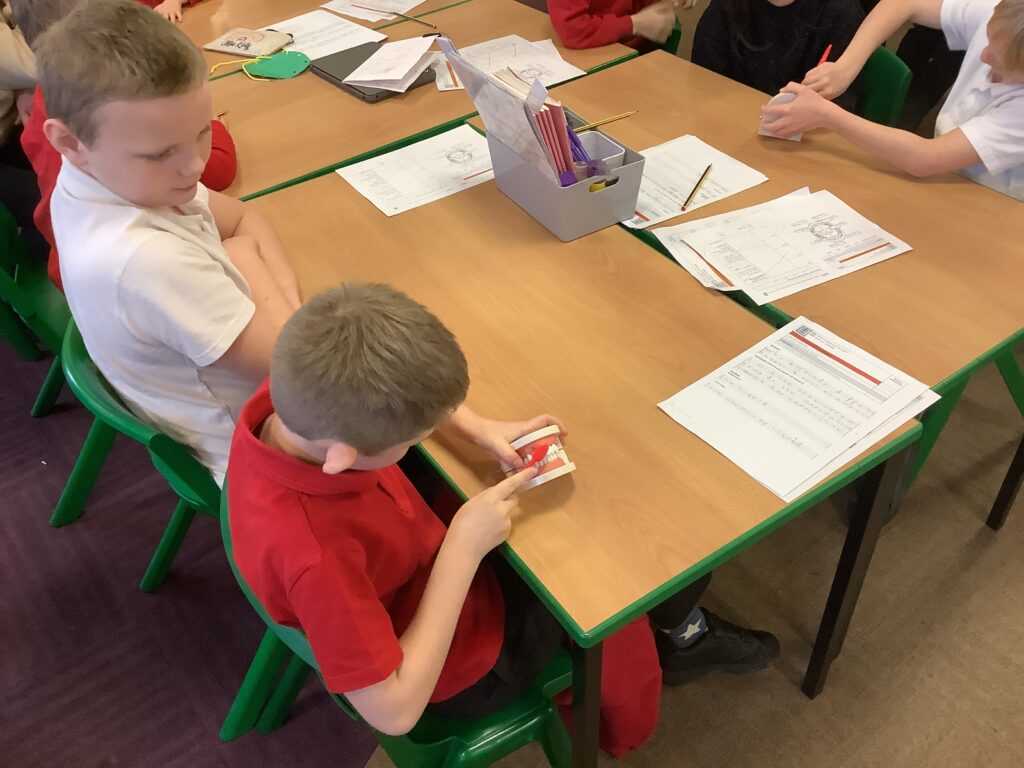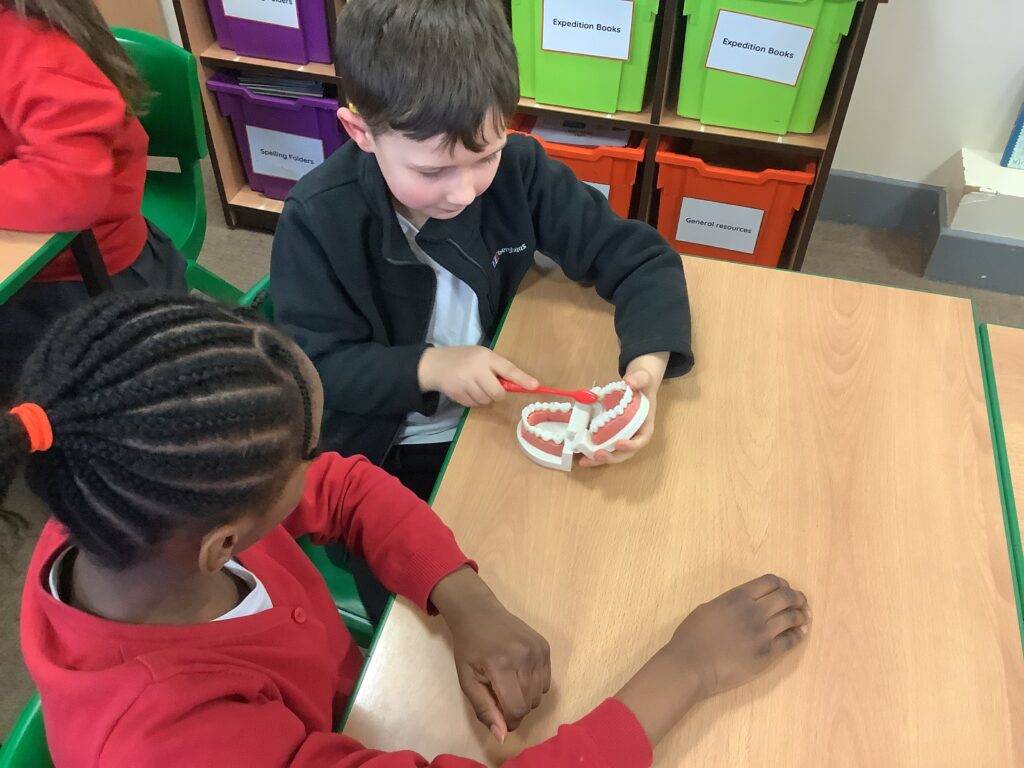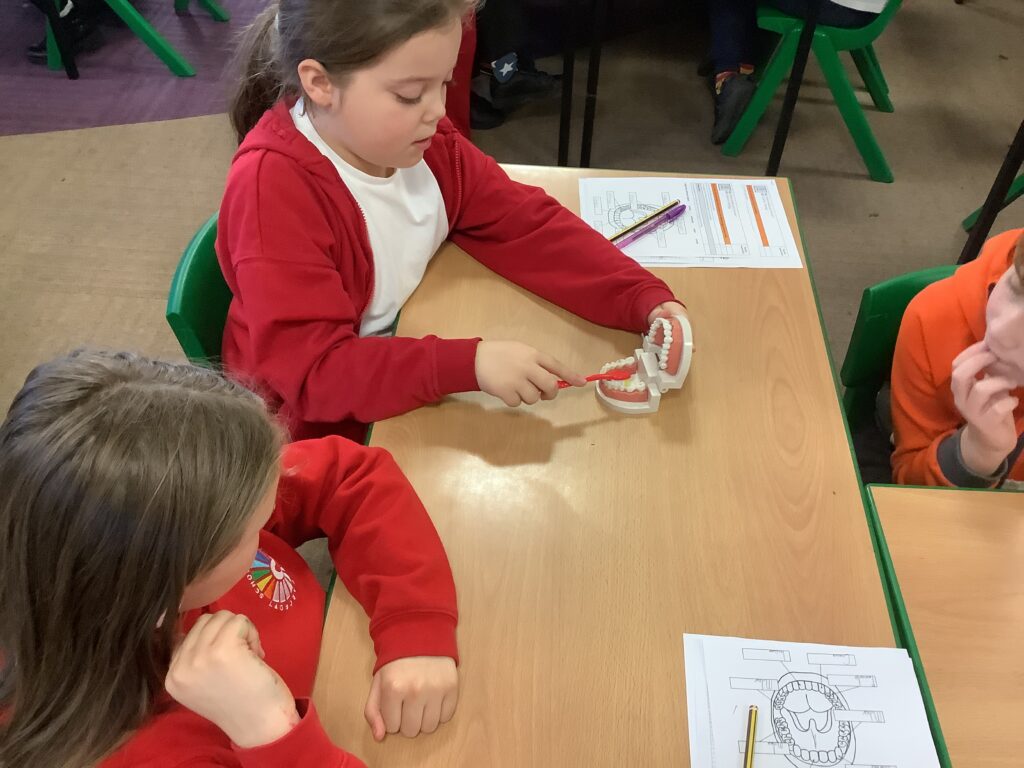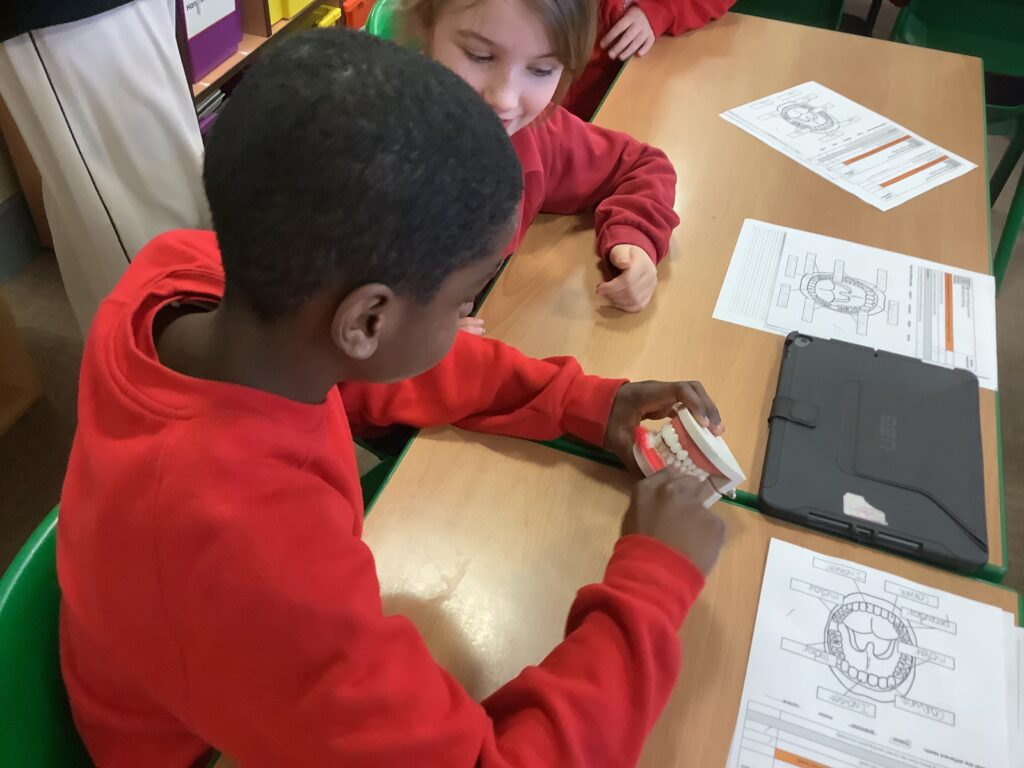Today in Crew Wilkinson, we have been looking at figurative language. We created some figurative language that could be used in our setting description.
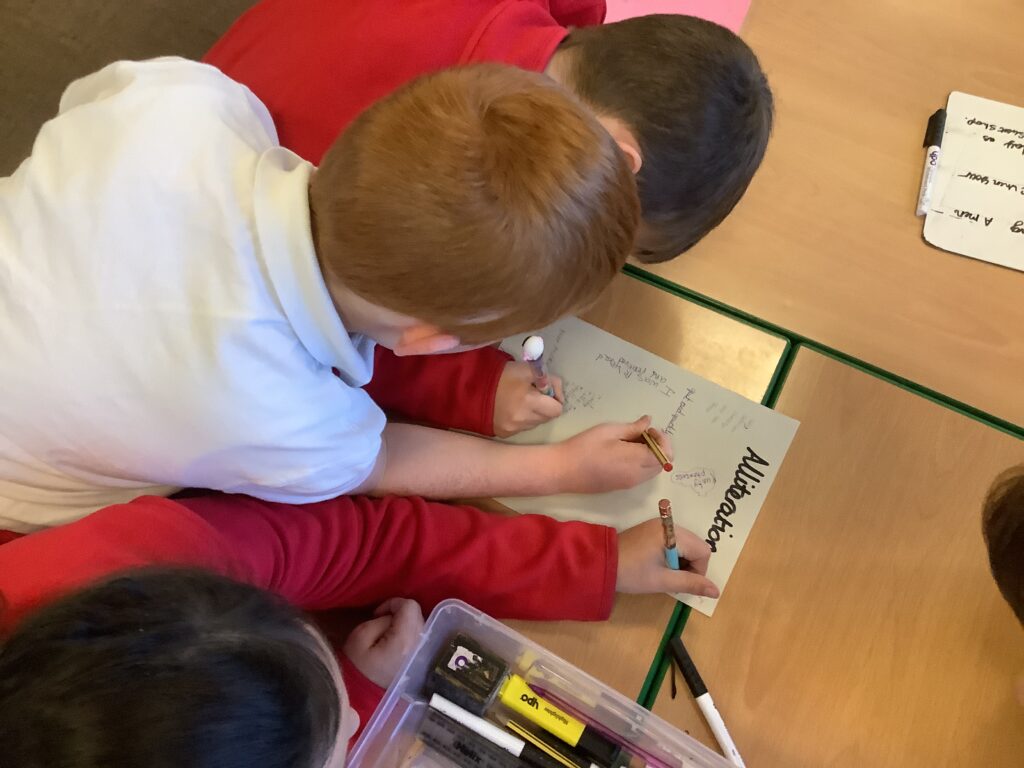
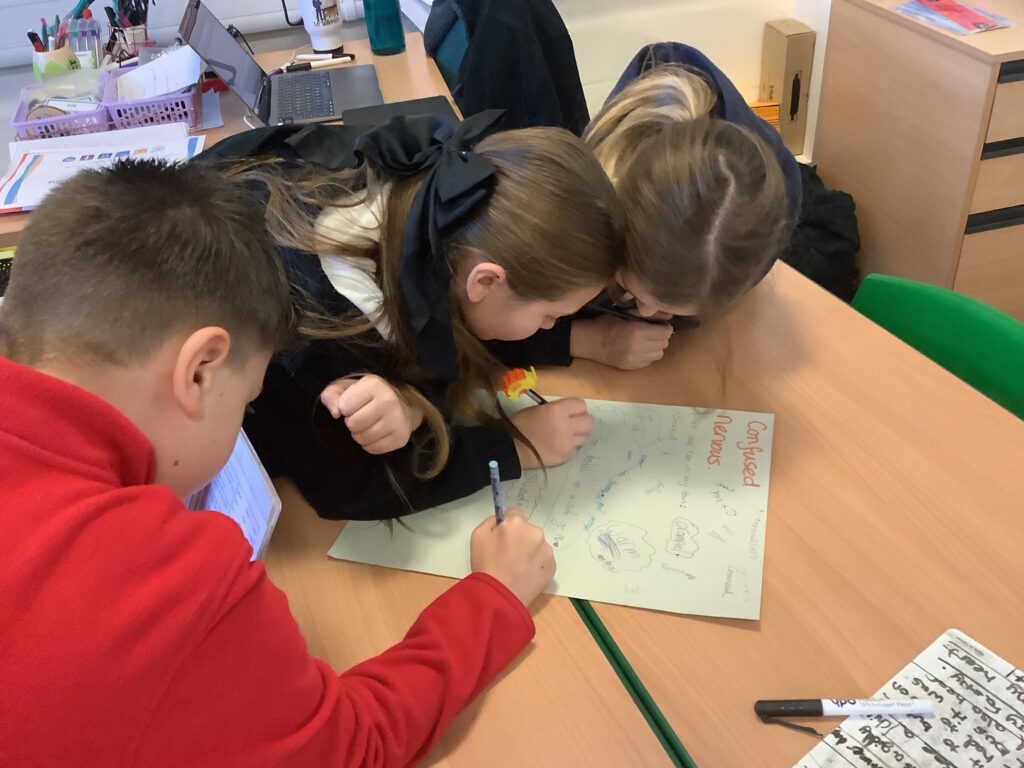
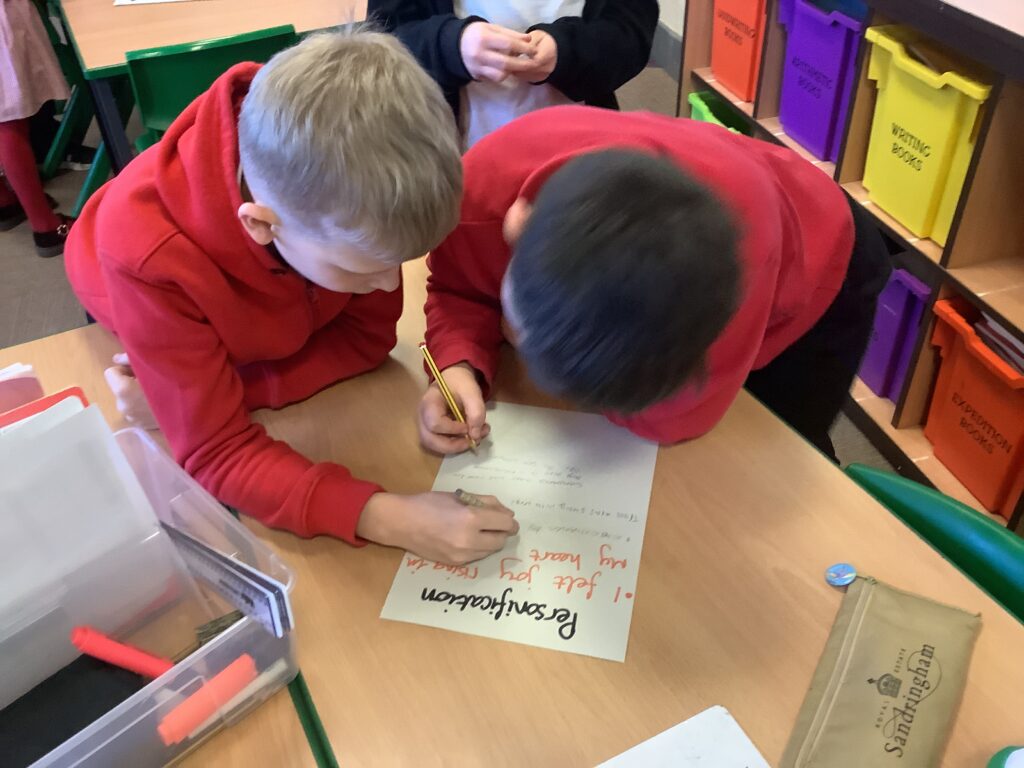
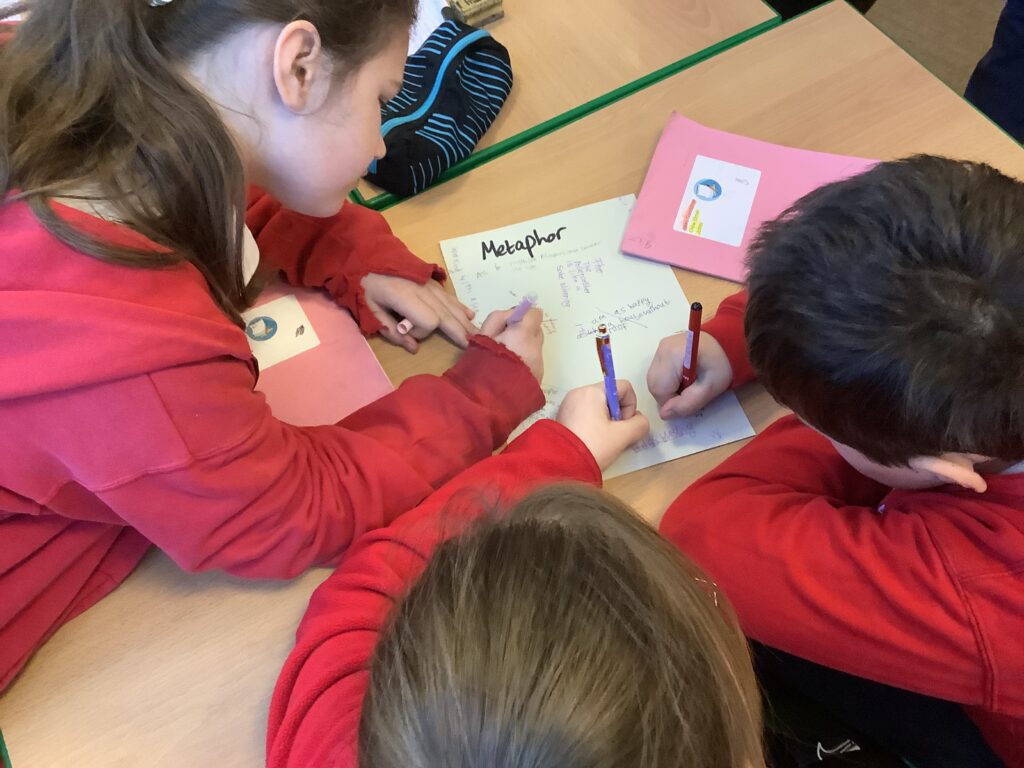
Post inside this category will show up on the front page
Today in Crew Wilkinson, we have been looking at figurative language. We created some figurative language that could be used in our setting description.




Here’s a selection of beautiful work from across the XP Trust this week! To read about other stories from across the XP Trust, visit xptrust.org.
This is week we have started our writing about Stan and Mabel who are trying to gather other animals to be able to join an orchestra. We have so far met a duck that plays an oboe and rabbits that play the drums.

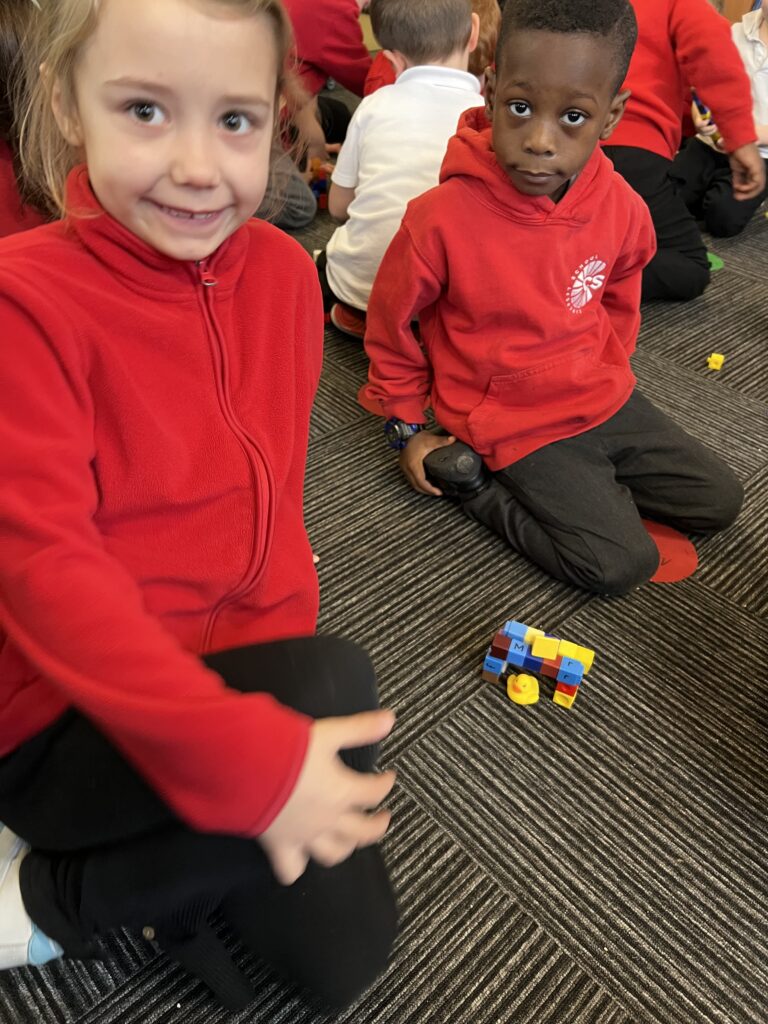
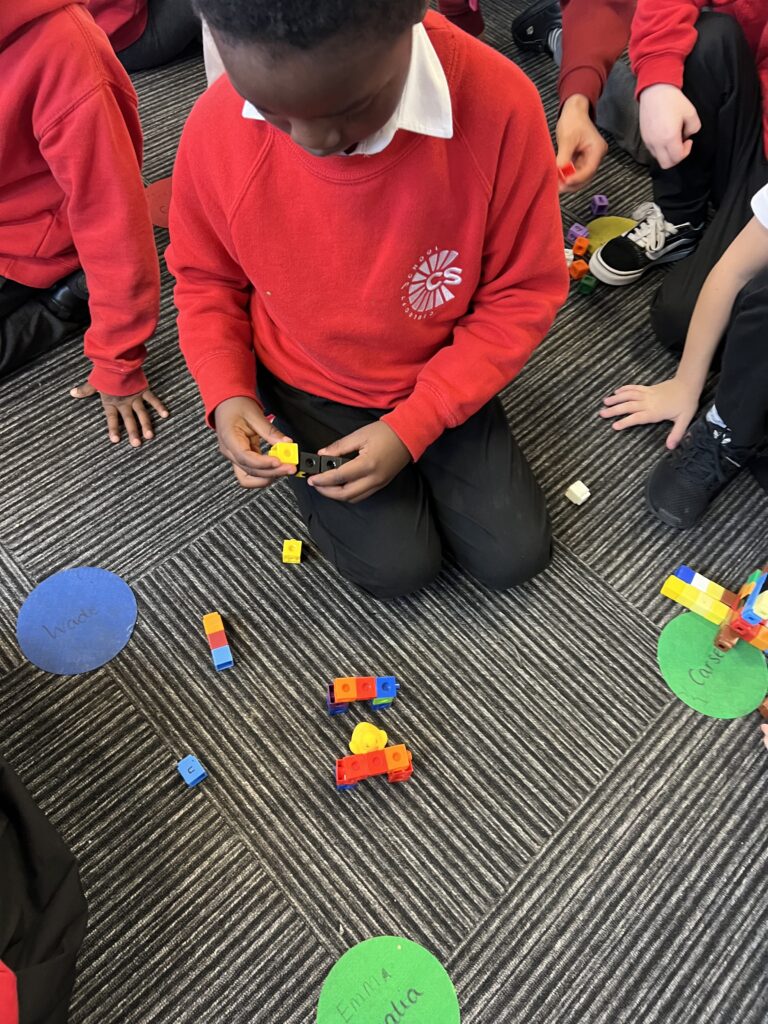
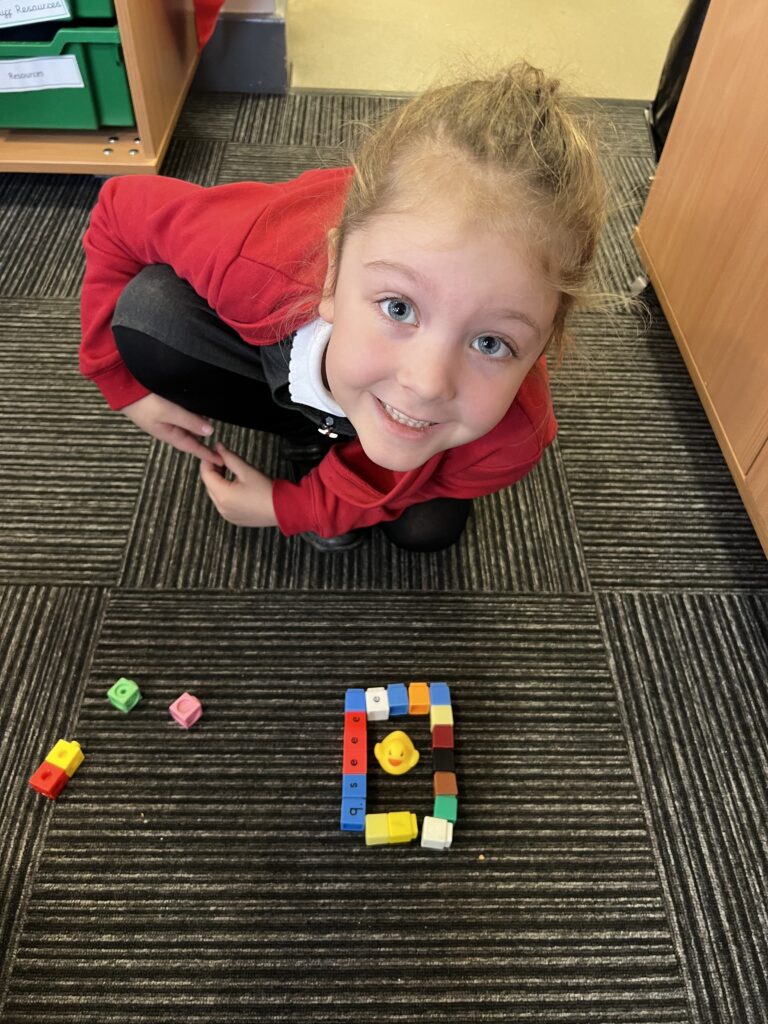
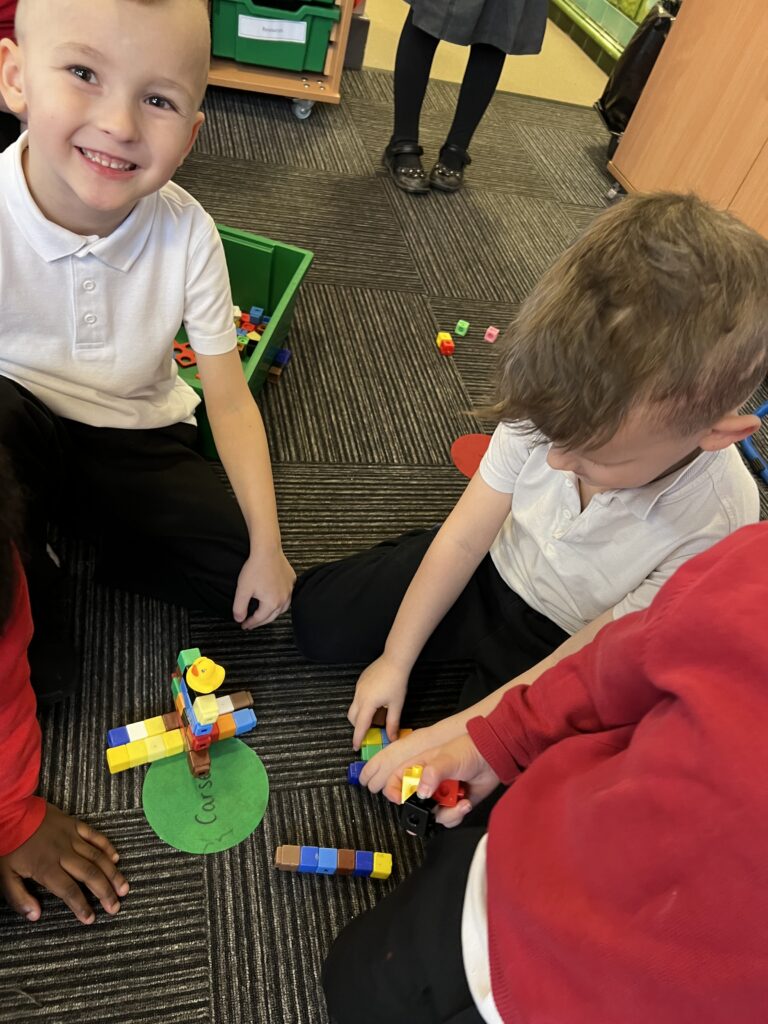

With it being our first week back after the Christmas holidays, we have had lots of crew challenges to continue to develop our Be Kind HoWL. We particularly enjoyed the Jelly Baby challenge where we were challenged to look after our Jelly Baby, all day, without eating it! Some of the crew made it a safe space to ensure it was well looked after. Fortunately, five out of the six Jelly Babies survived, with Declan’s still going strong two days later!
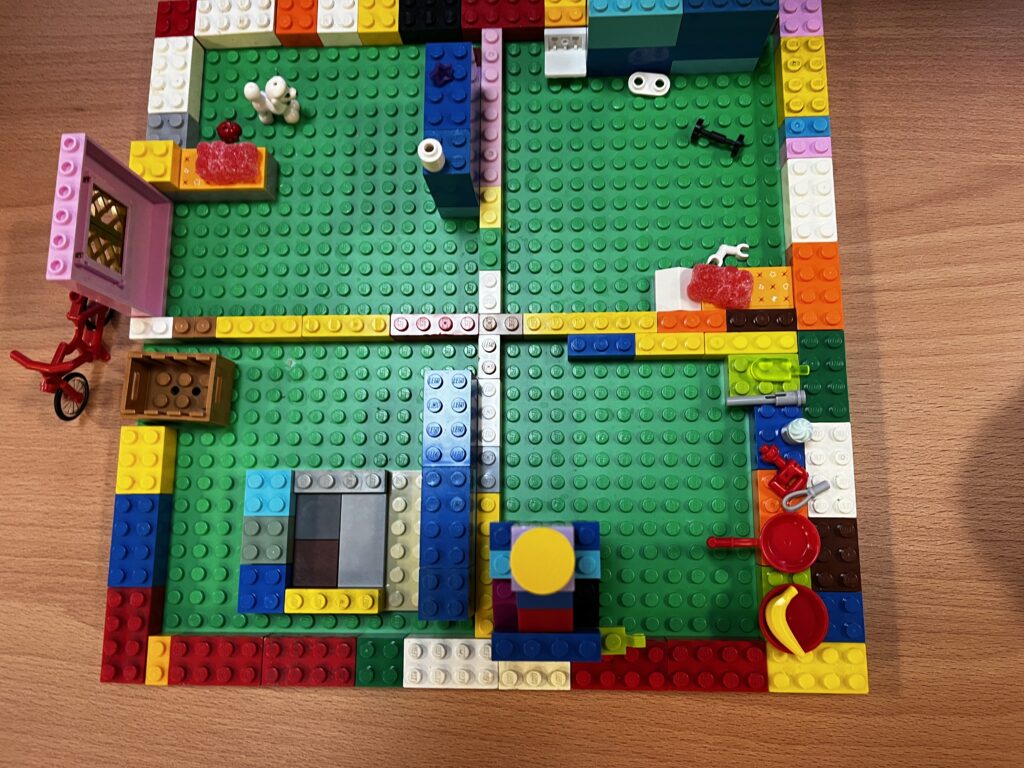

We are loving our new expedition! Today we moved onto understanding about digestion. First we built a human body in mini crews, discussing what we already know. We then moved onto labelling our organs and placing them on our human body.
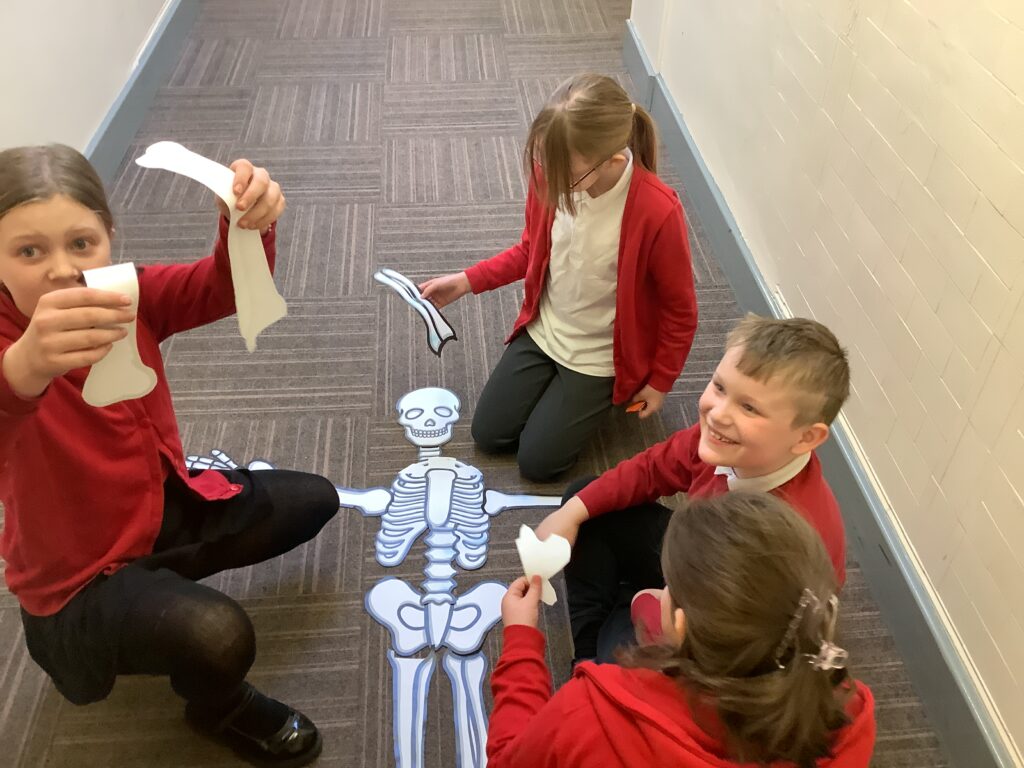
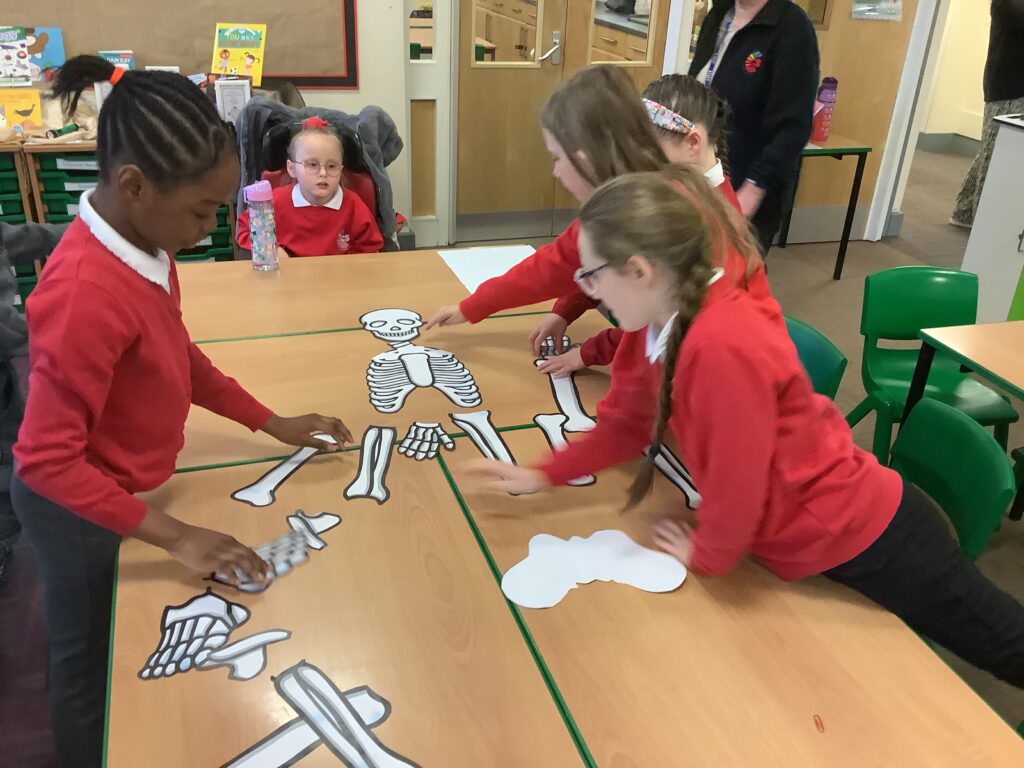
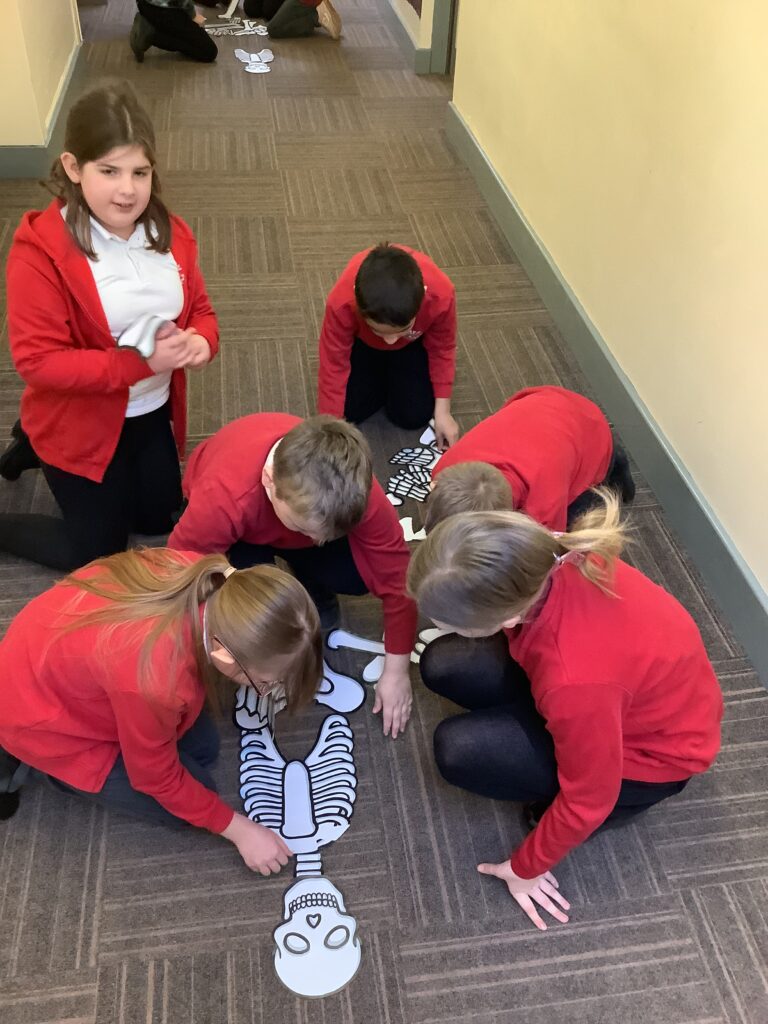
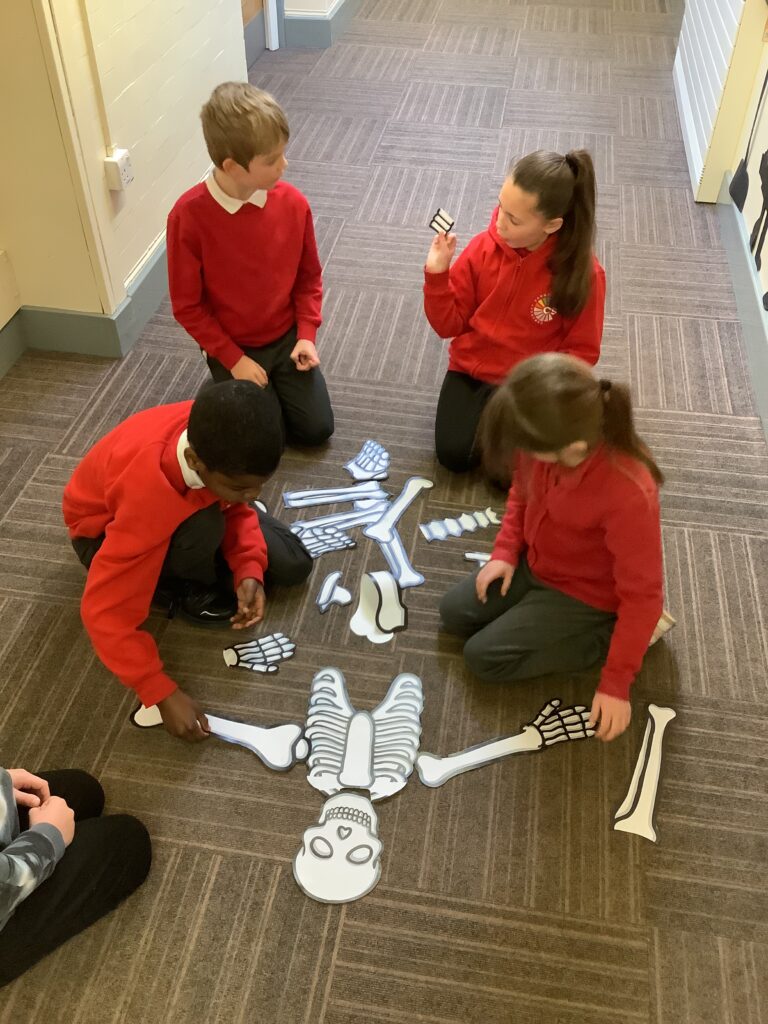
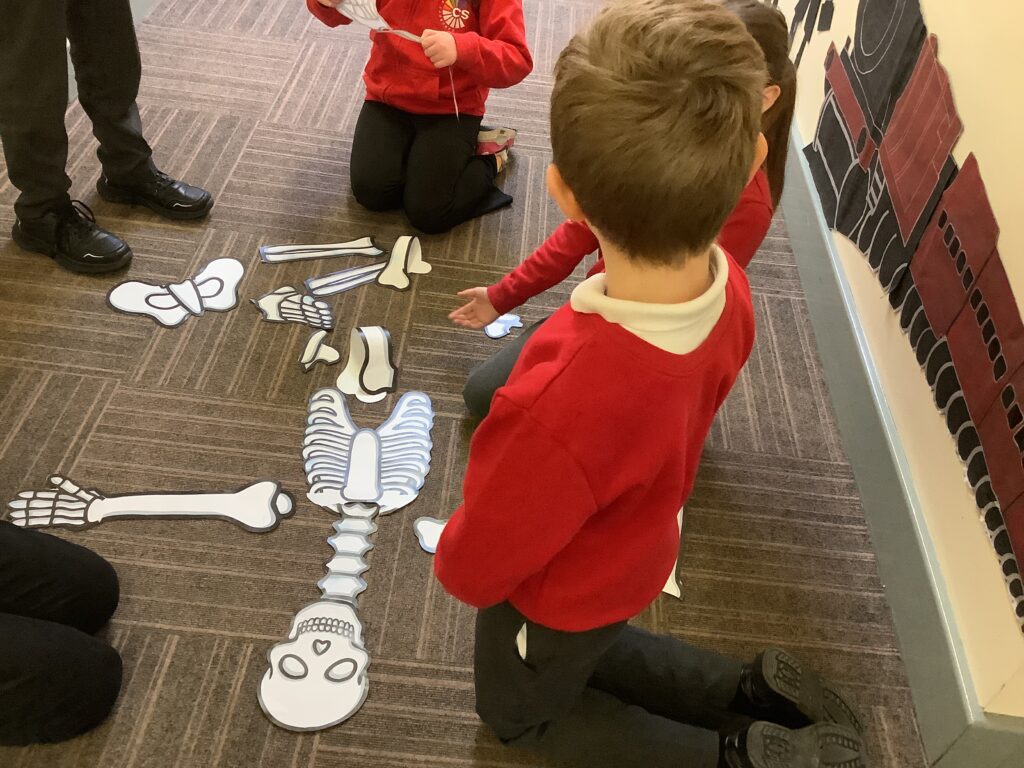
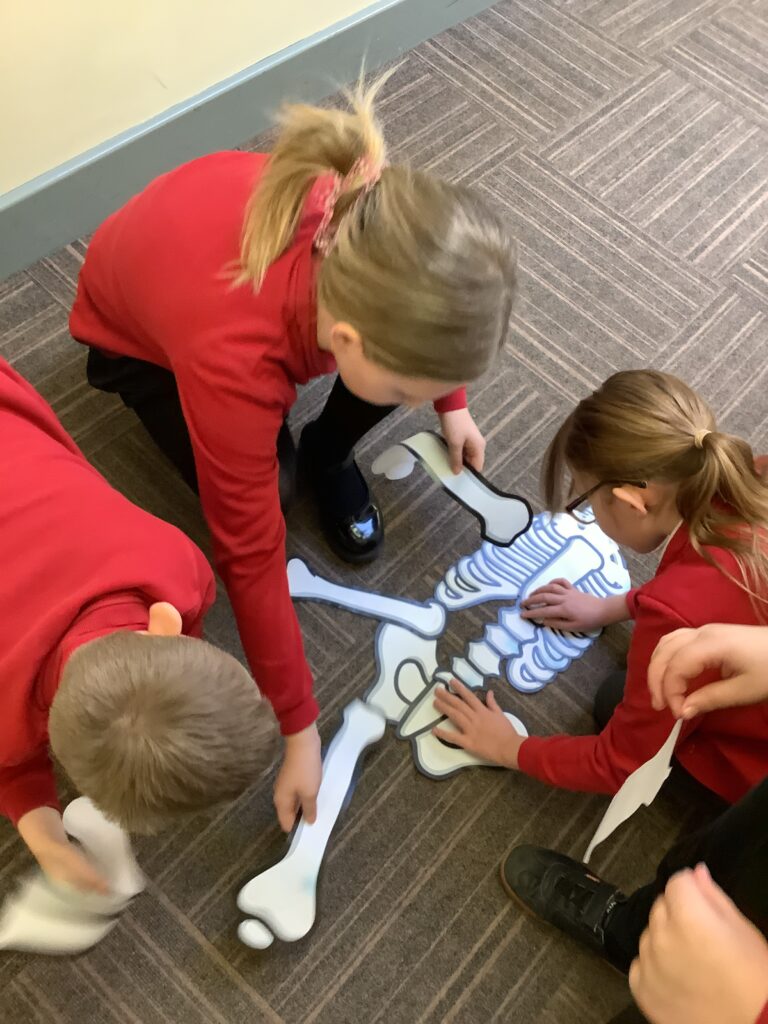

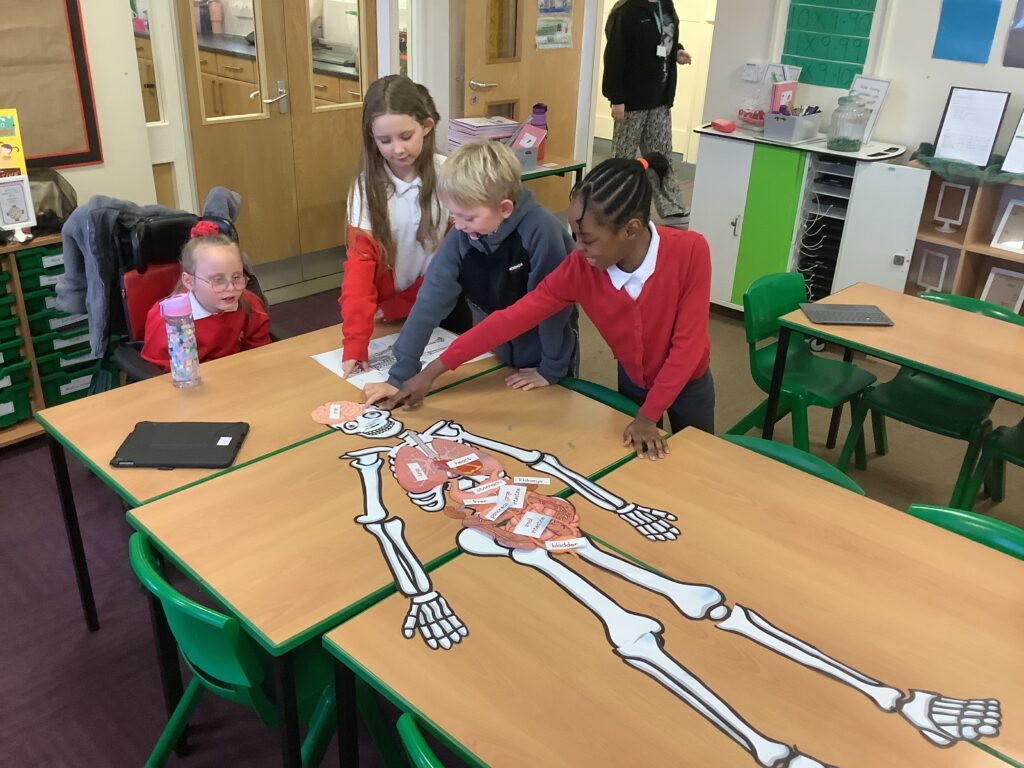
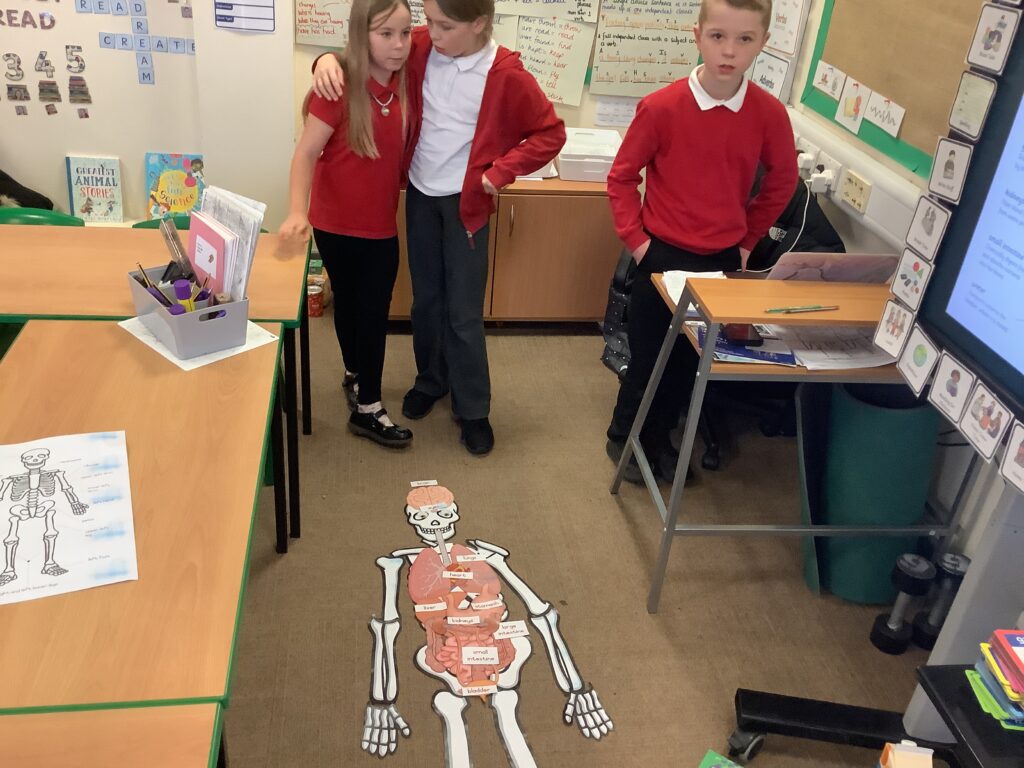
We then explored the organs in more detail thinking about their role. We thought about which of the organs belong to our digestive system. We watched a video clip to build further background knowledge. We did lots of discussion around each organ thinking about its role and how it adds to the digestive process. We then demonstrated our learning in a mini crew activity. We used picture cards, word cards and explanation cards to match up all the different organs.
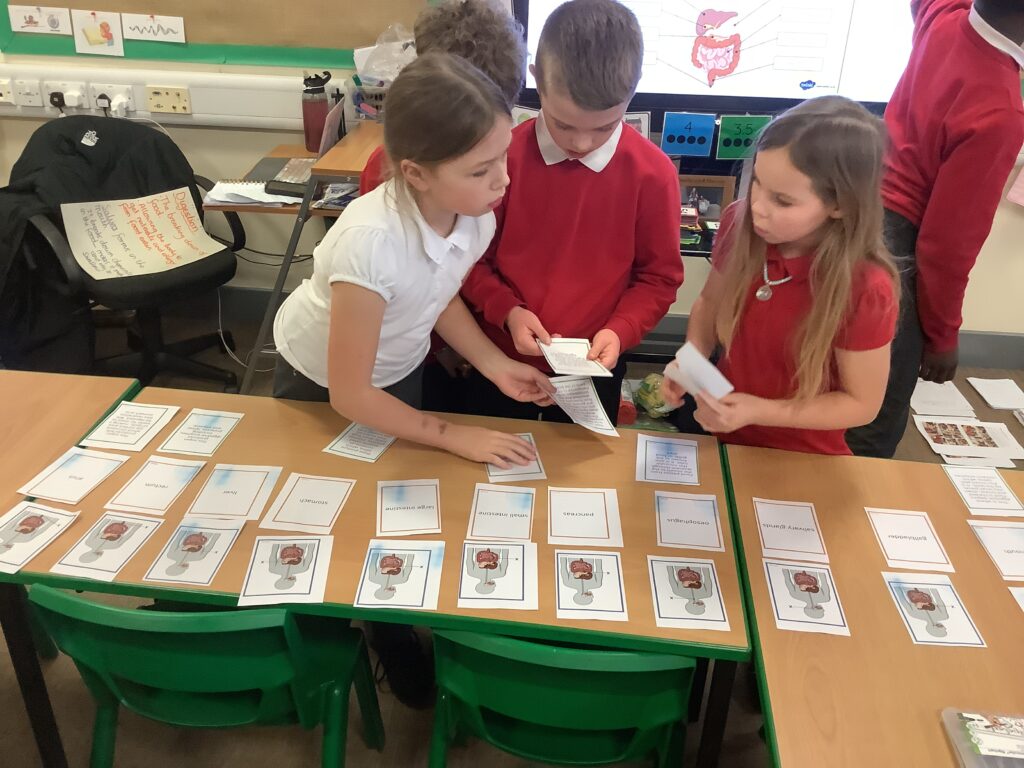
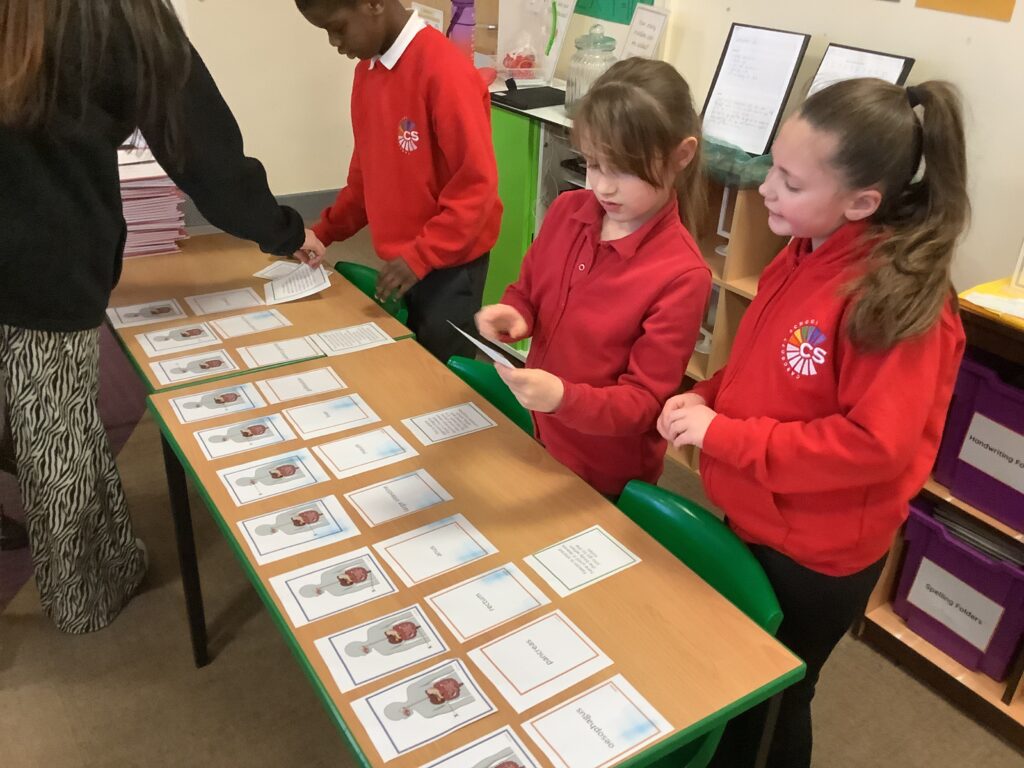
From here it got messy! We put the digestive process into practice using biscuits, a banana, water, orange juice and a pair of tights! We loved taking part in this!
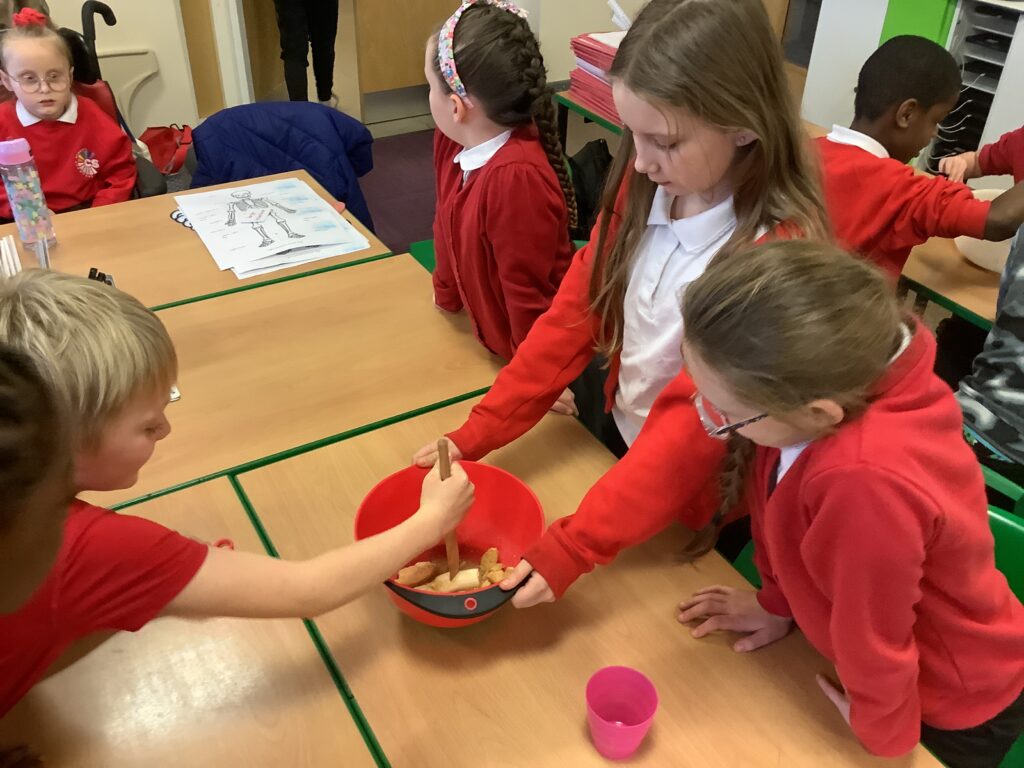
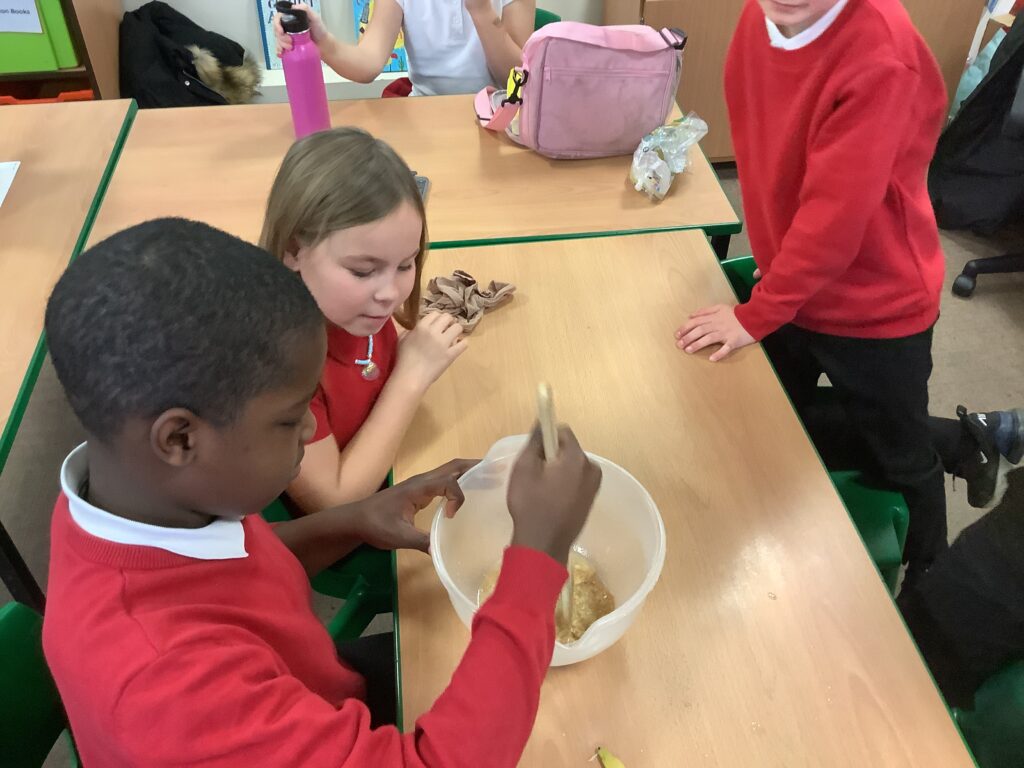
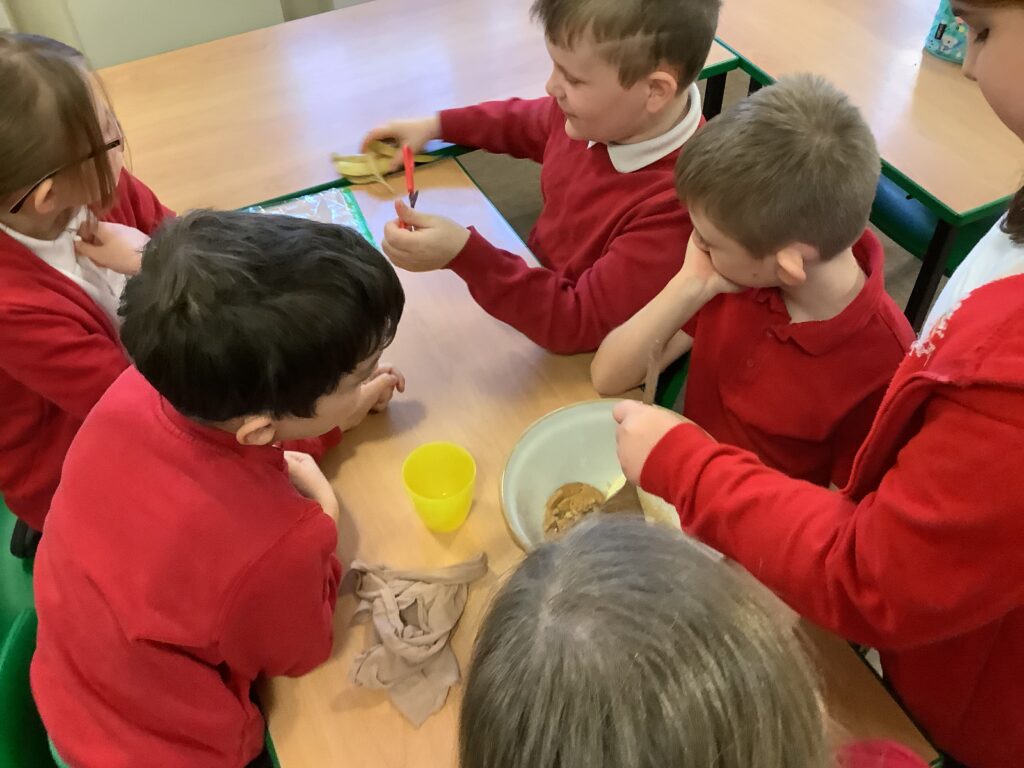
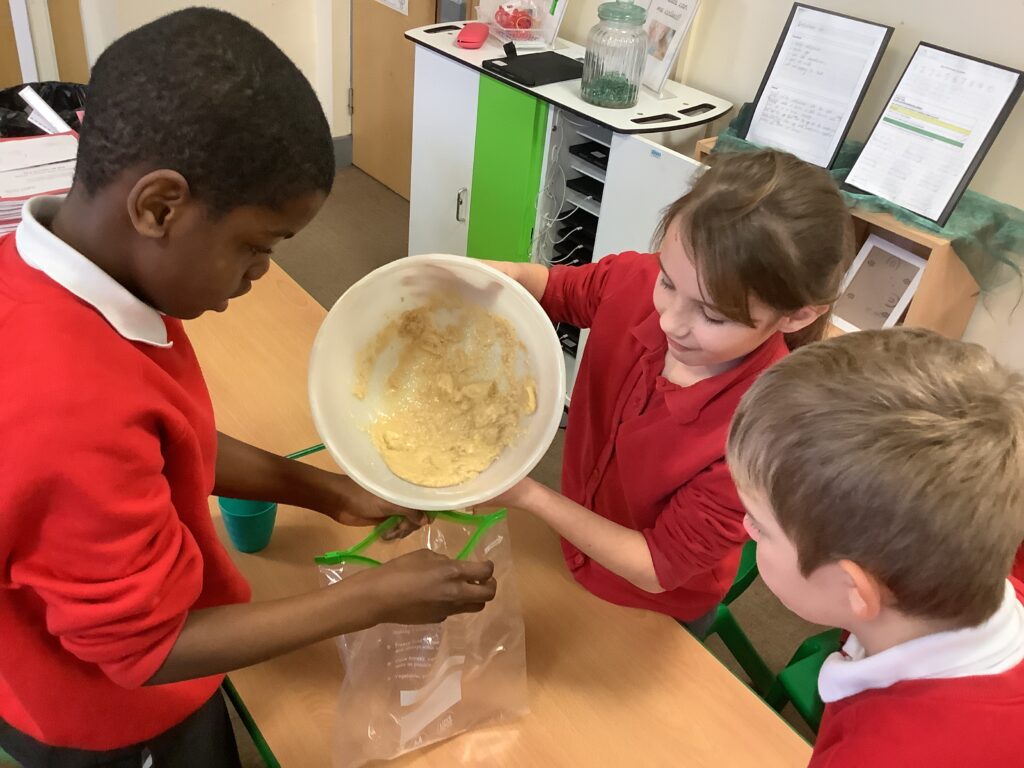
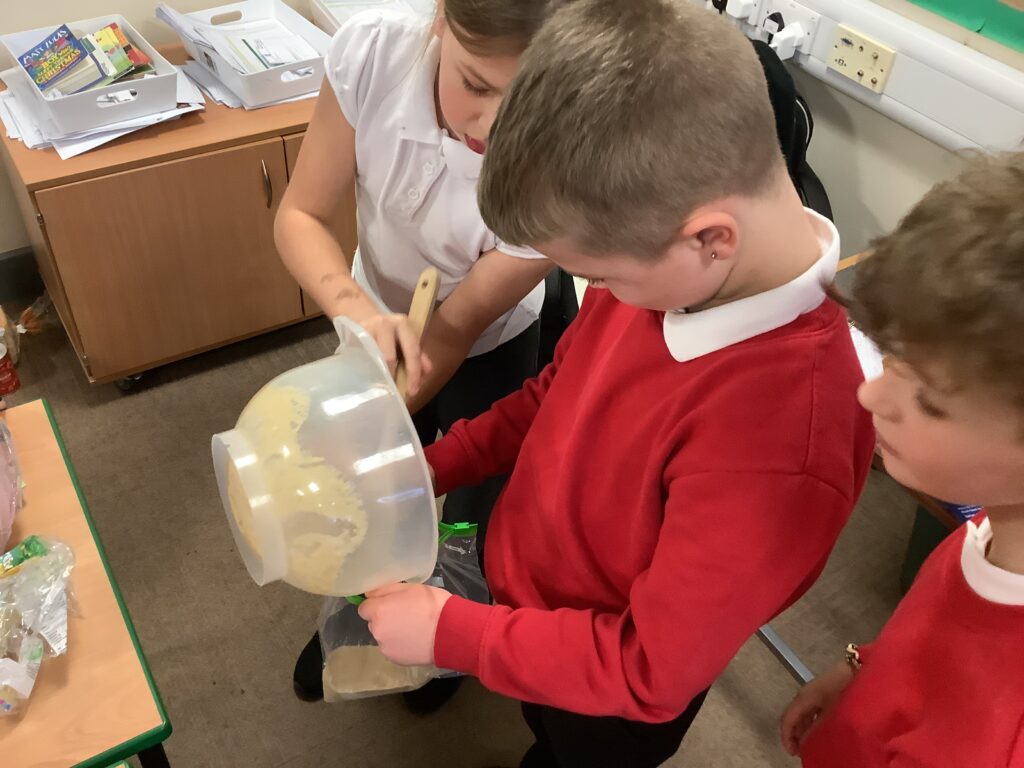
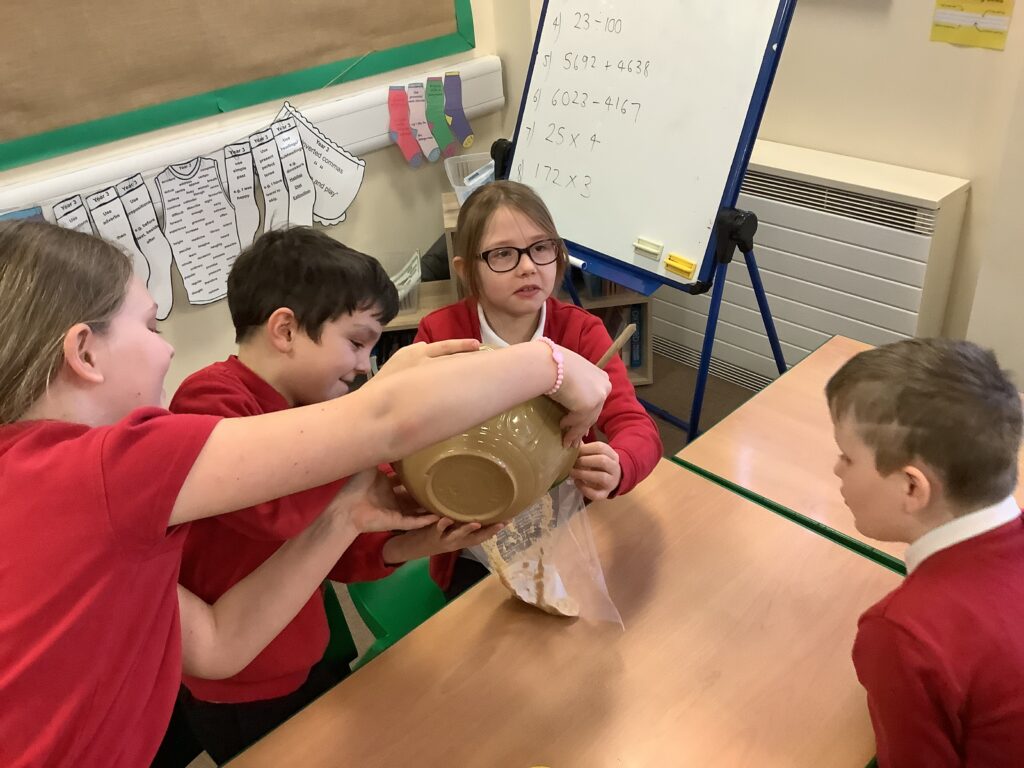
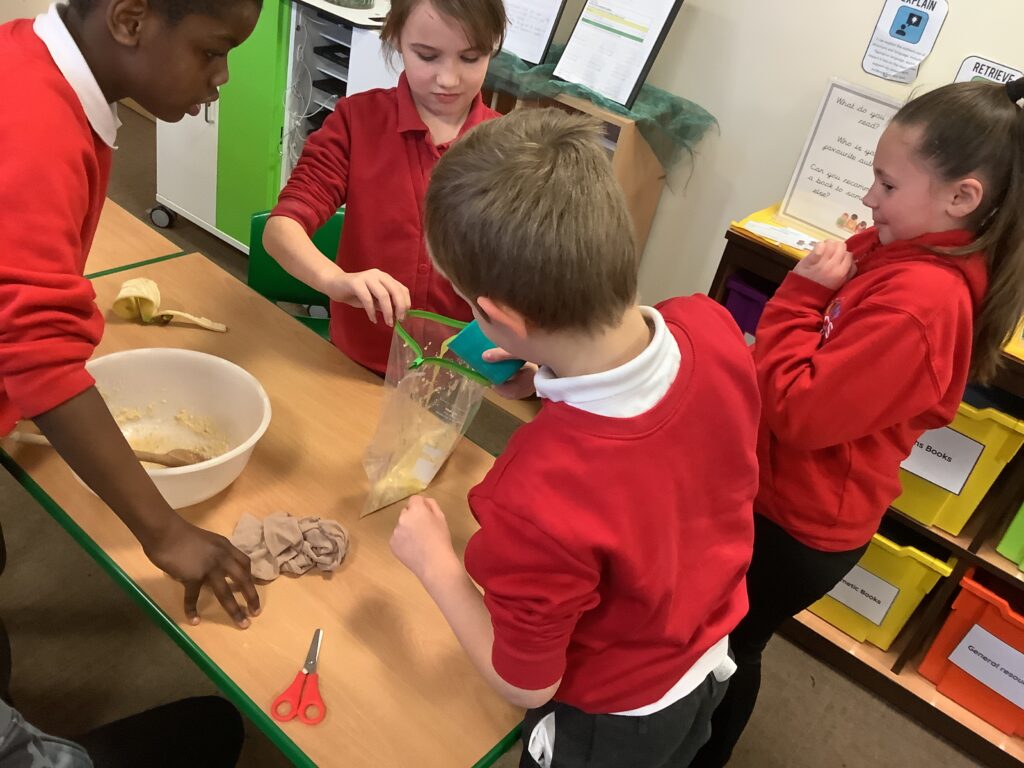
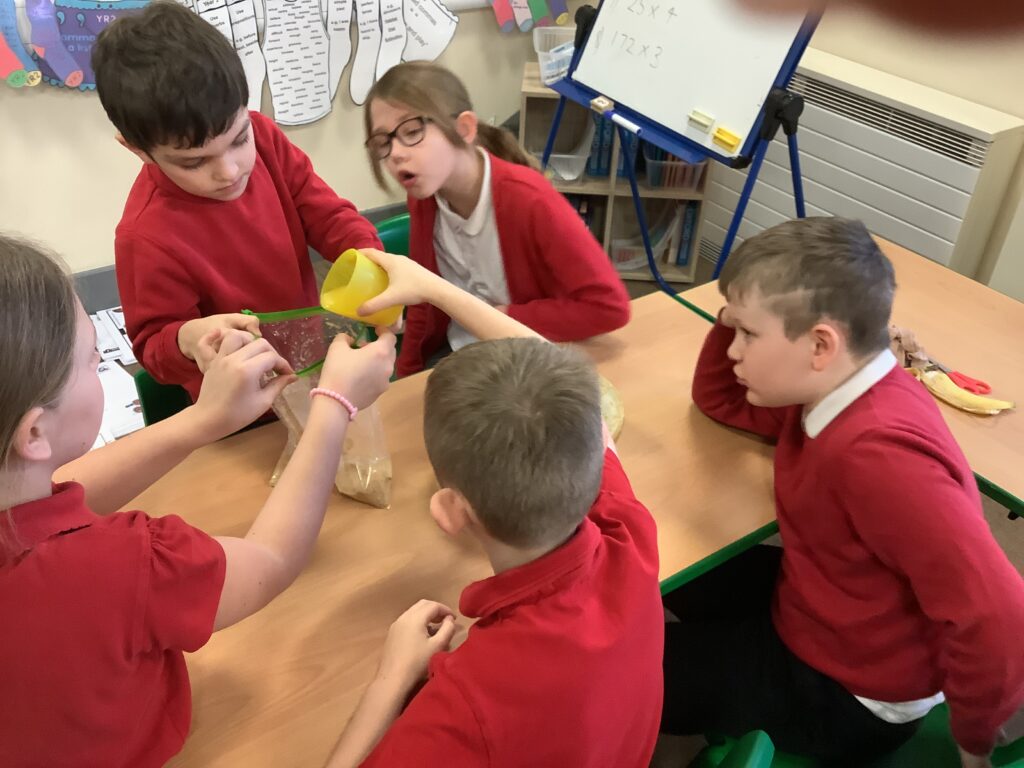
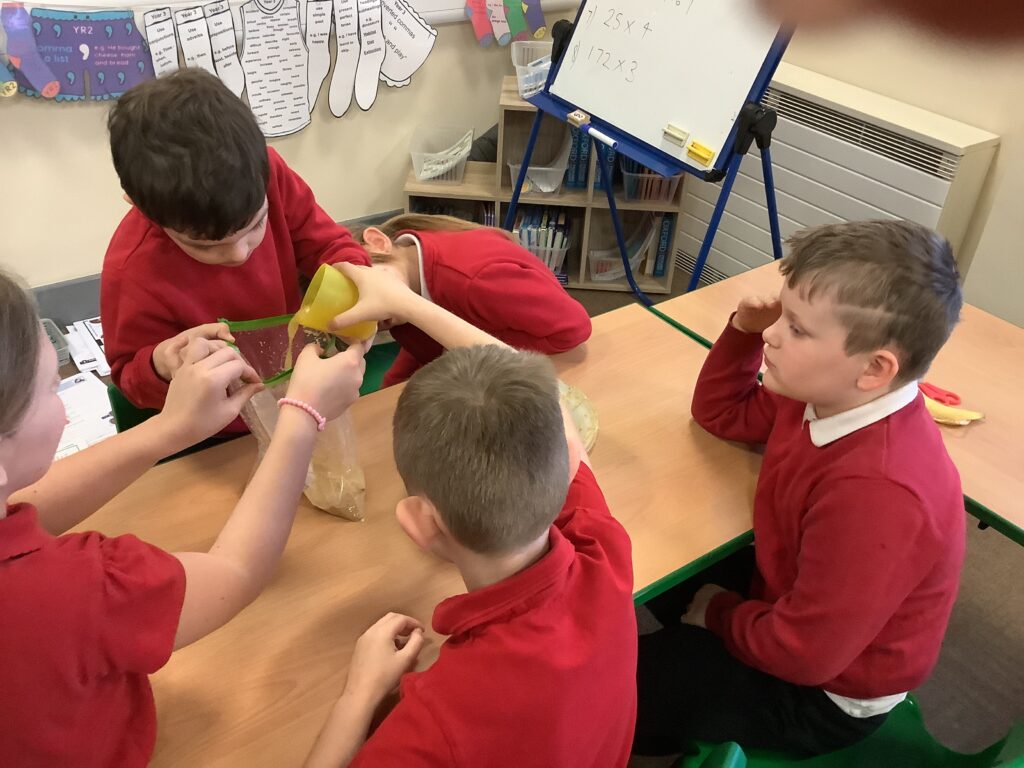
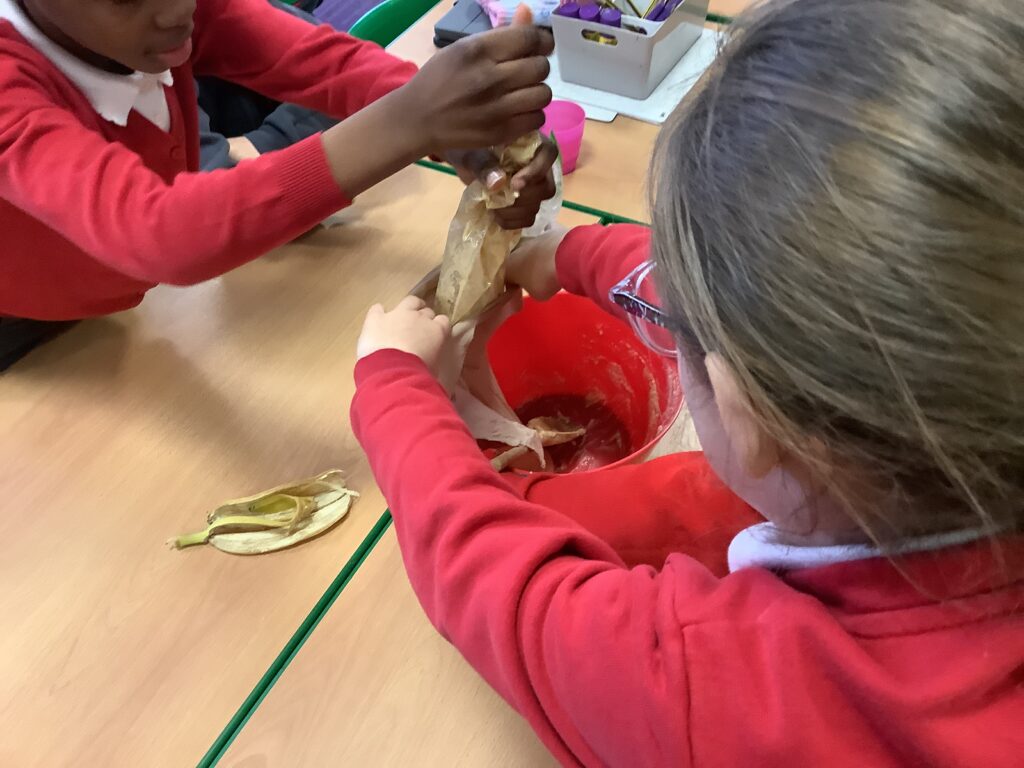
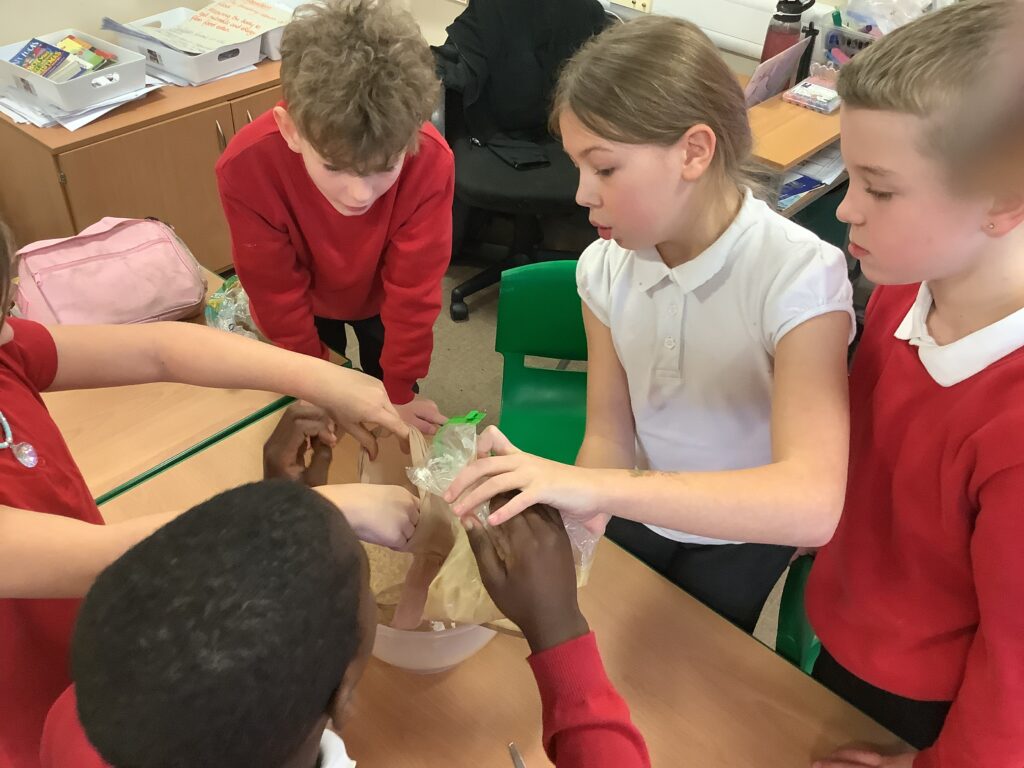
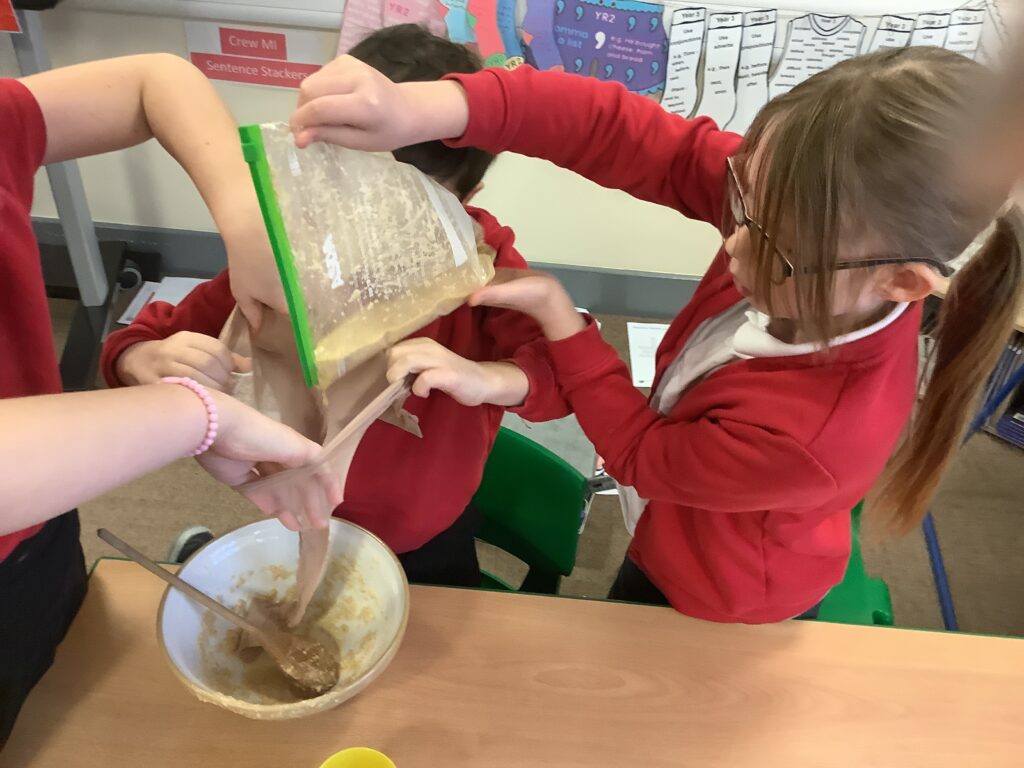
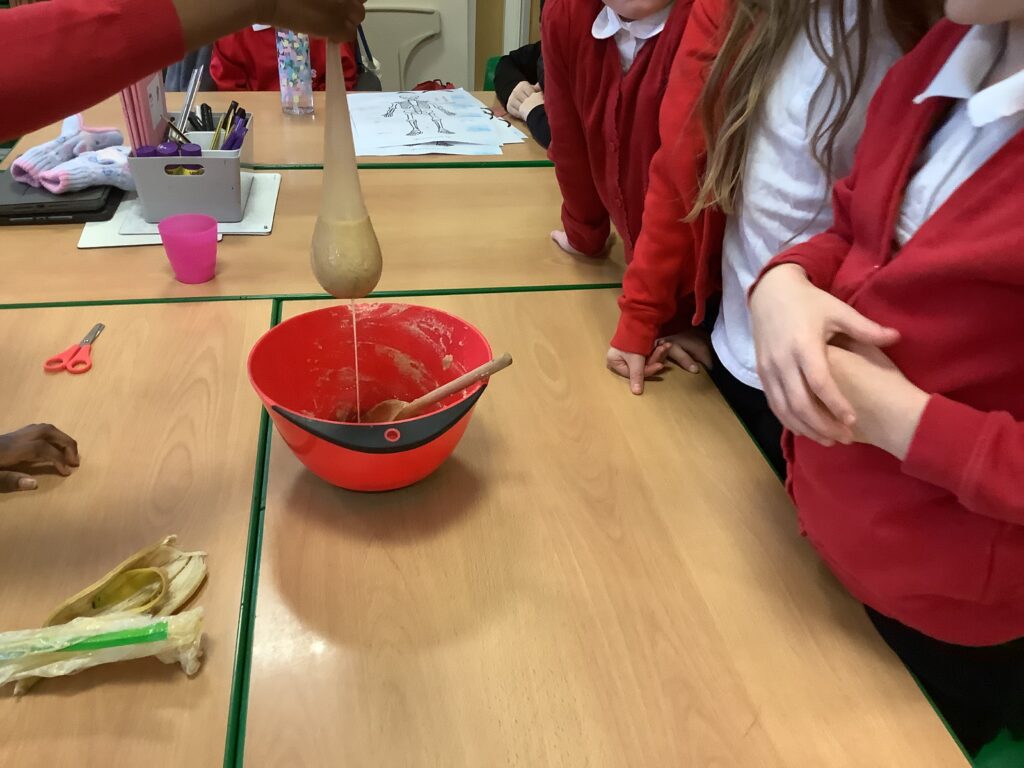
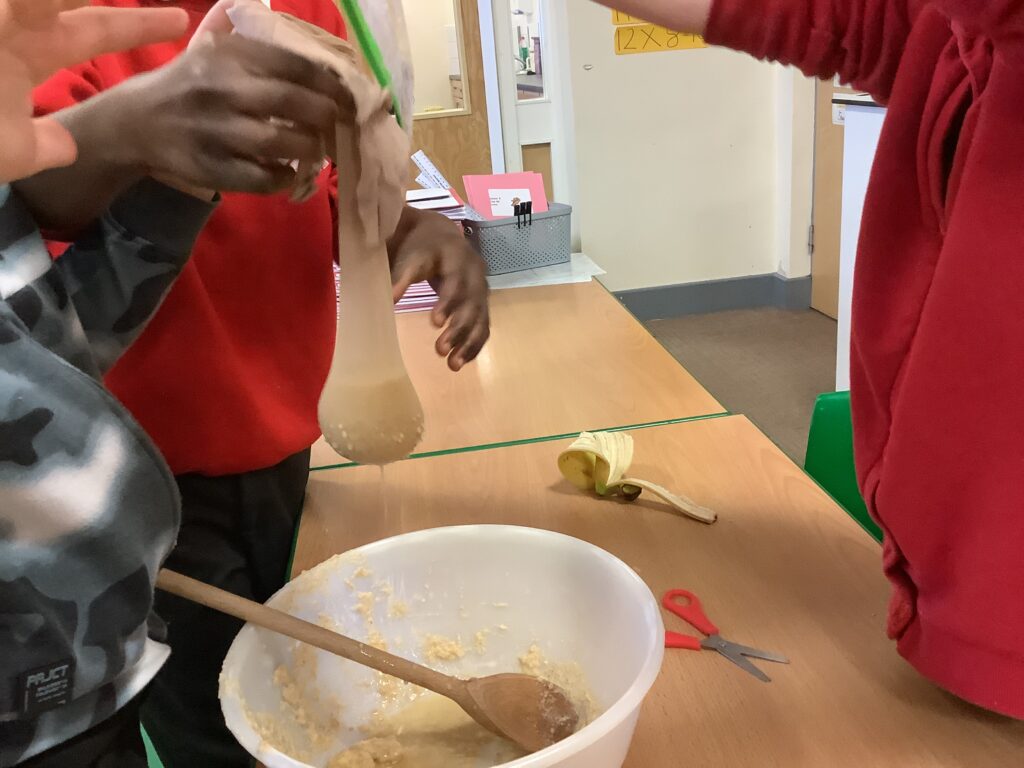
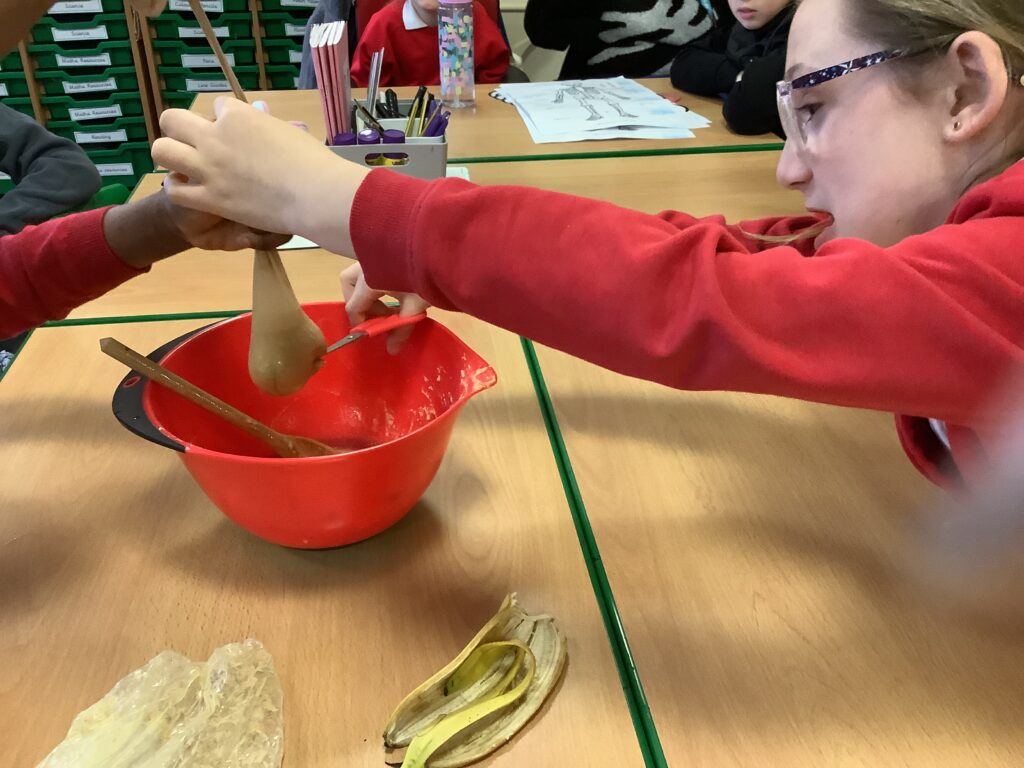
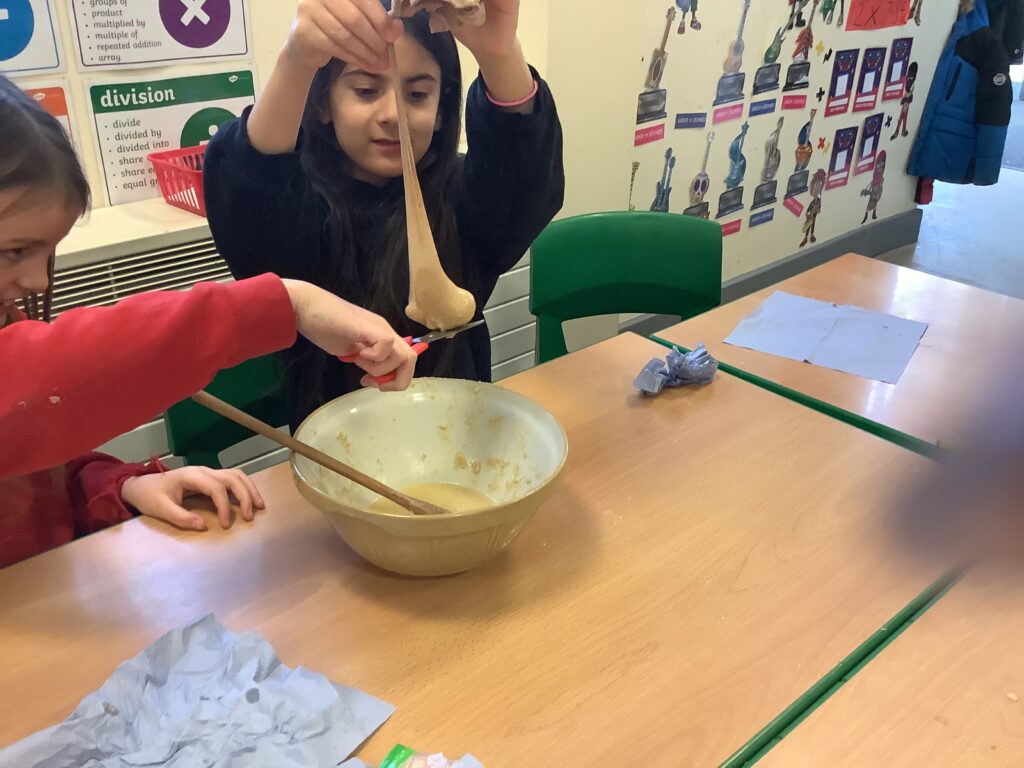
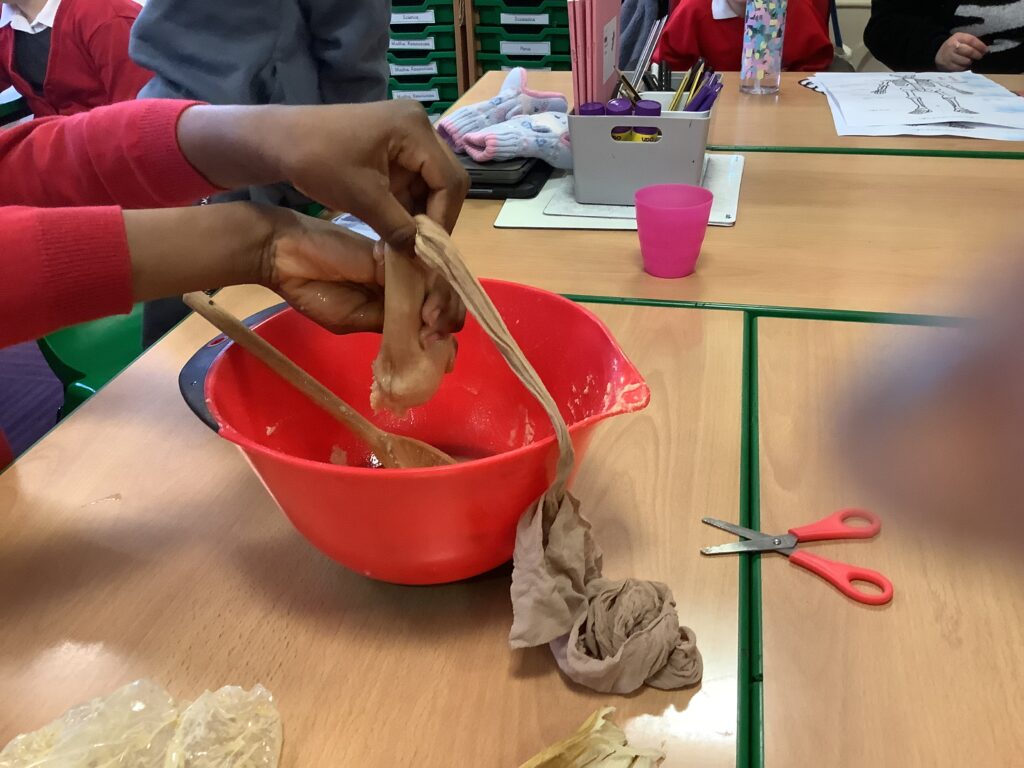
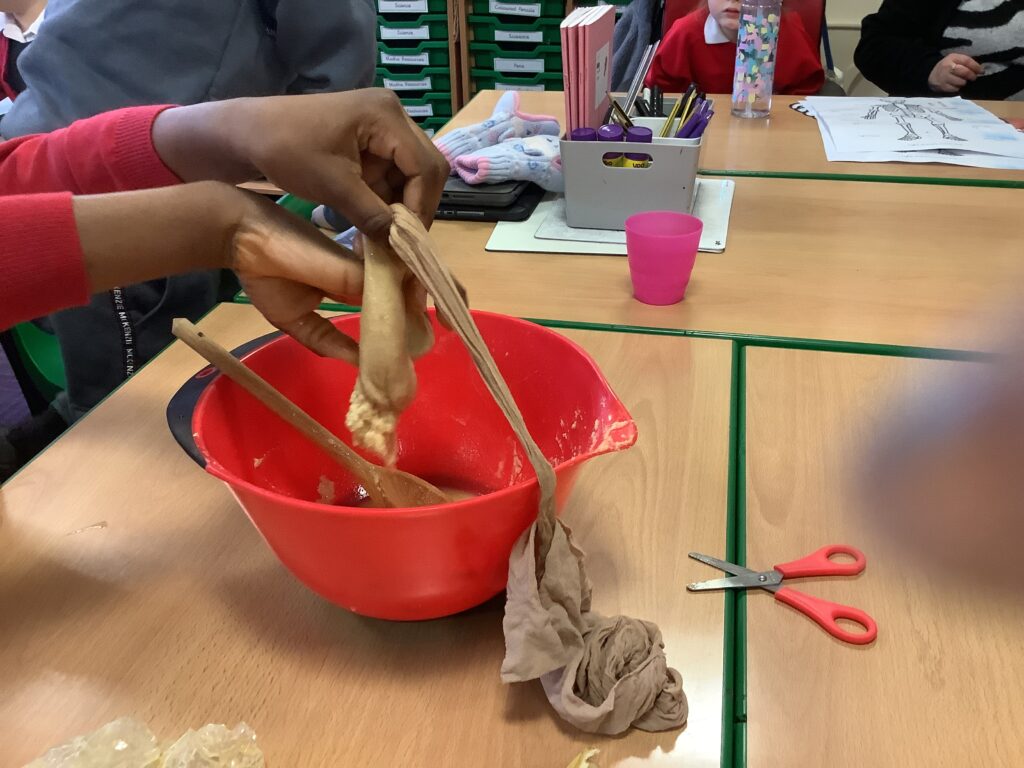
We then started writing up our model of the digestive system and will continue to work on this tomorrow.
As part of our hook week activities we have been listening to different genres of music and reflecting on how the songs made us feel. From Taylor Swift and Jay-Z to Bob Marley and Frank Sinatra, there was something for everyone!!
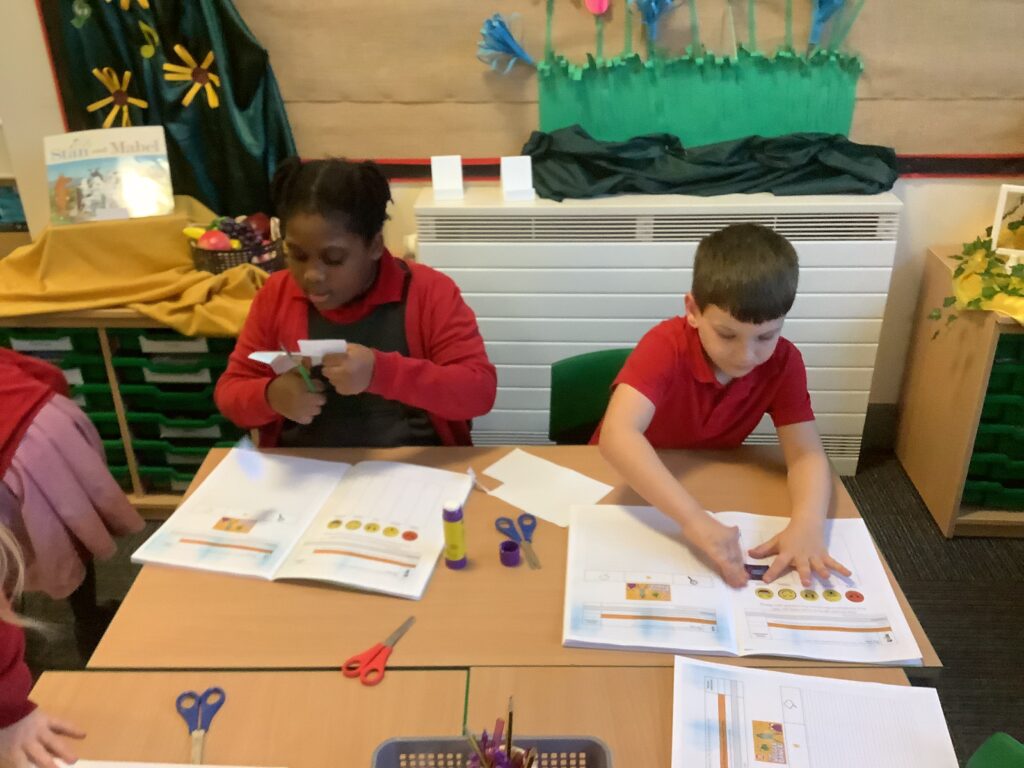
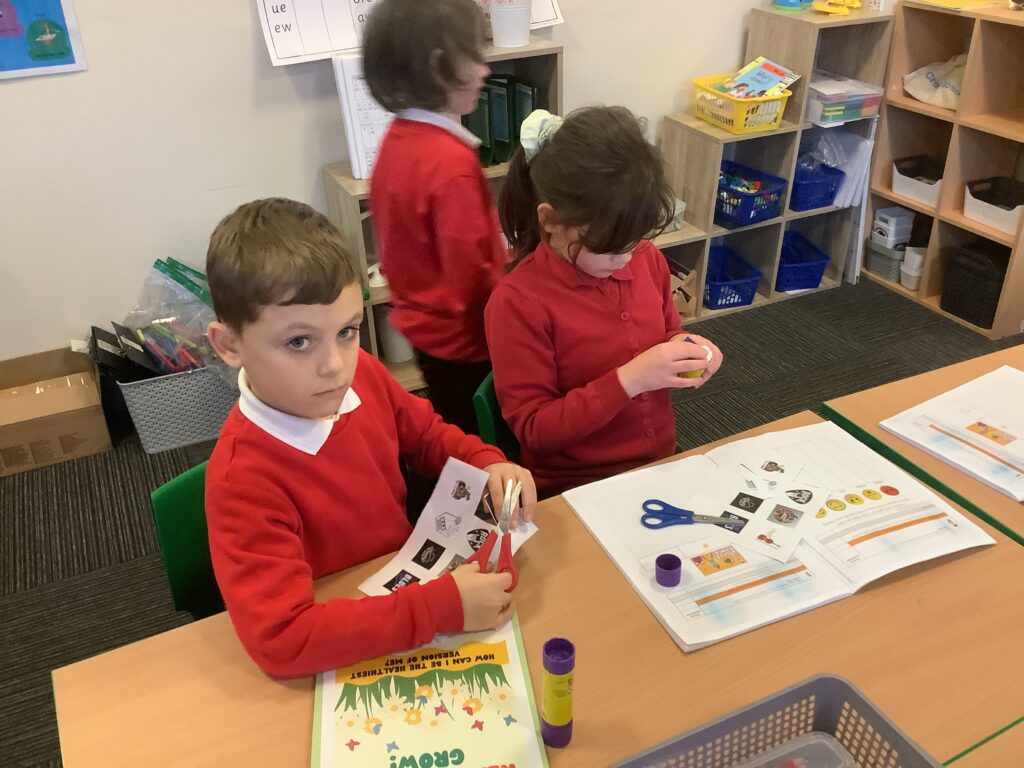
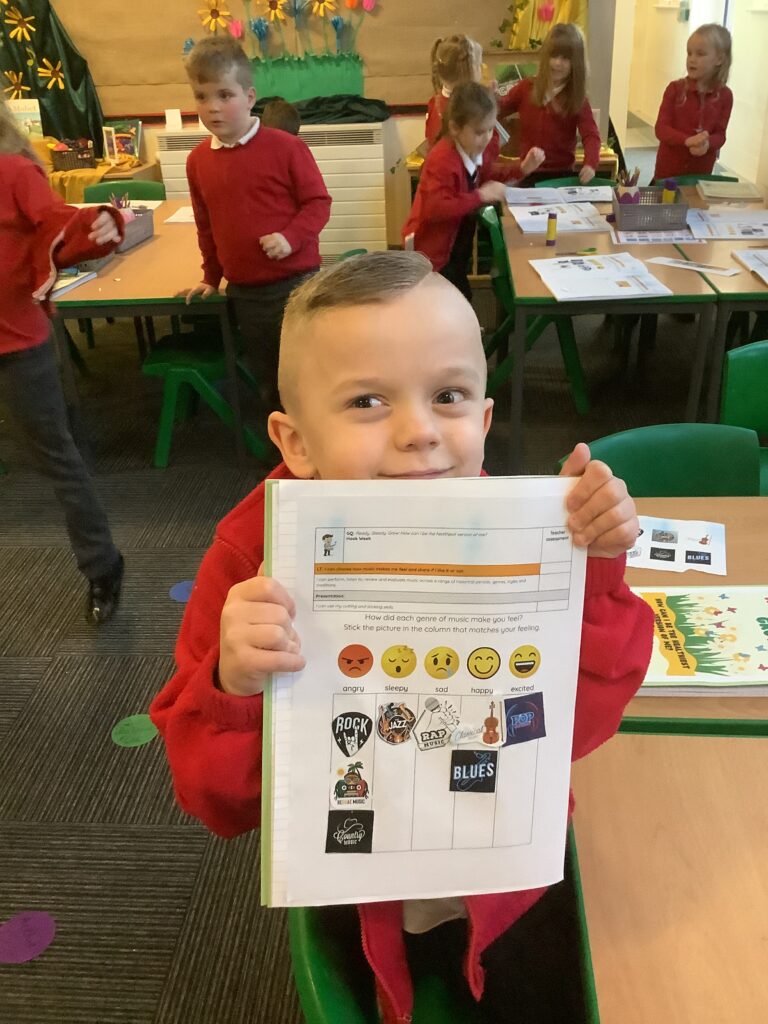
With it being our first week back after the Christmas holidays, we have been looking at building our crew and having fun with our friends in Crew McGlone. We talked about being kind to one another and how we can do this when we are playing with toys and games in our classroom. We said that you have to talk using kind words, use kind hands, share and take turns. We put these skills into practise by playing with our friends – we played games such as Pop-Up Pirate and Shopping List, as well as building structures using magnetic tiles! It was extremely fun and we were showing really strong HOWLs – especially ‘Be Kind’.
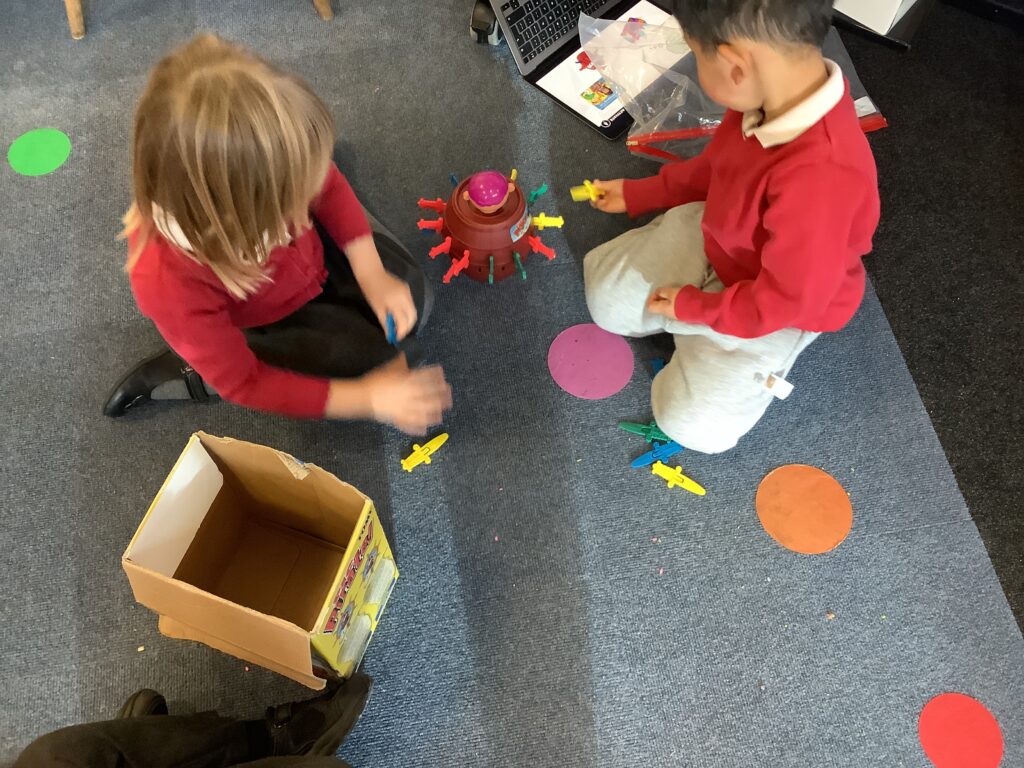
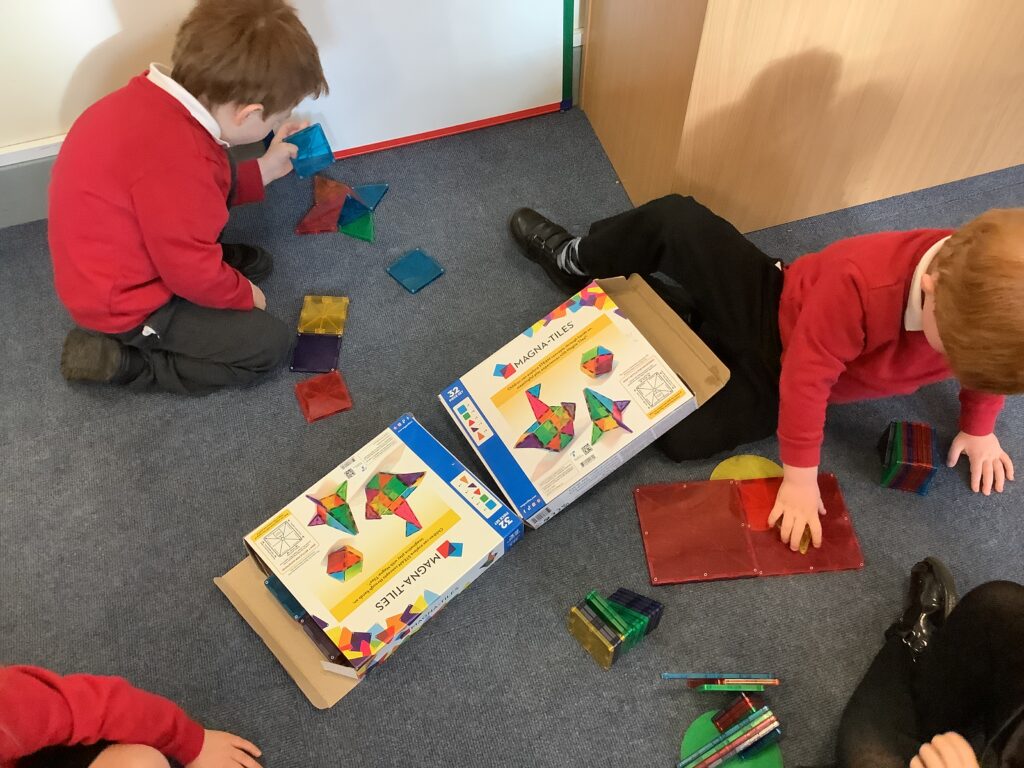
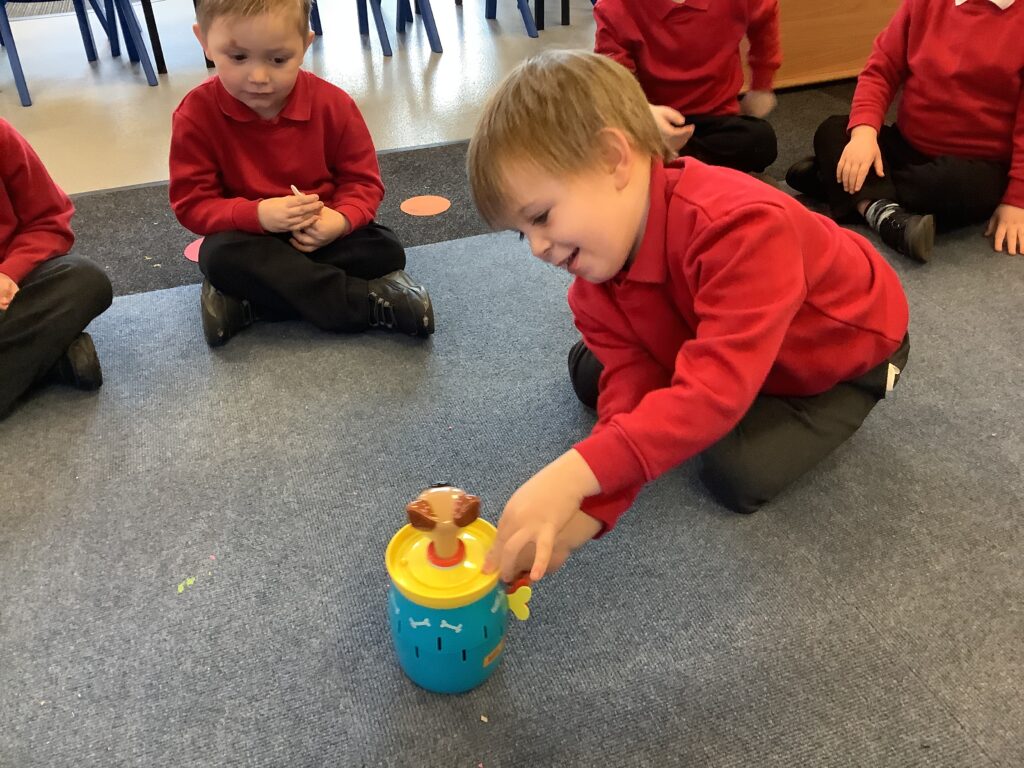
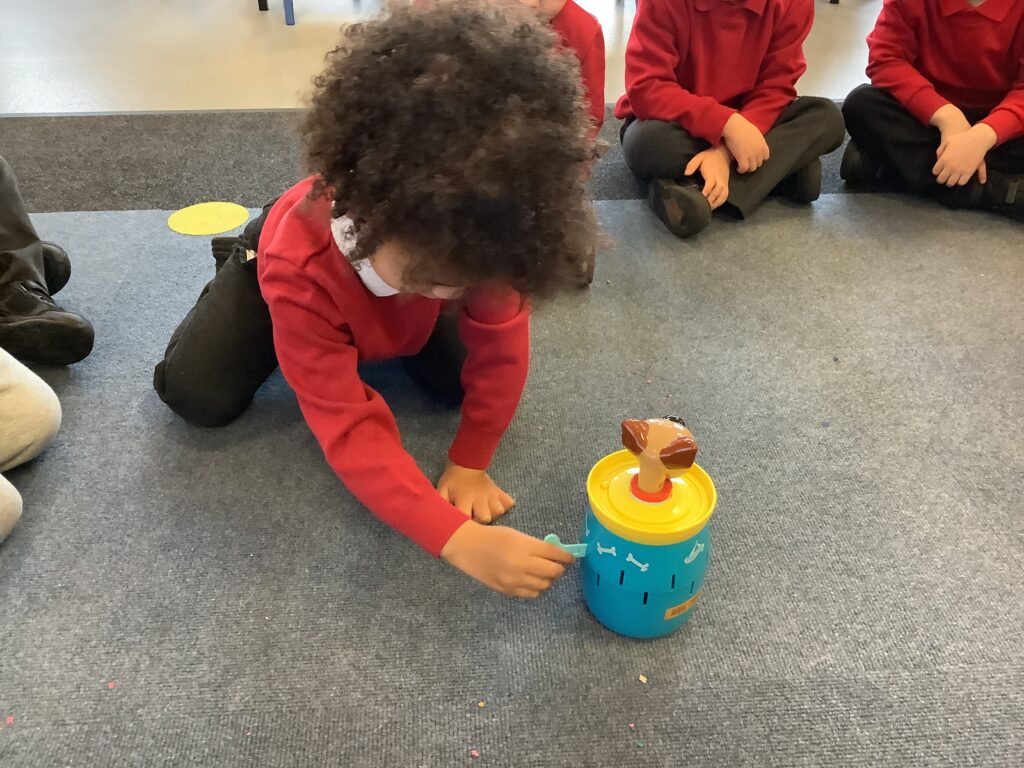

In Crew McGlone we have been looking at the number 1. We looked at what it looks like as a digit, we showed it on our fingers, we subitised, AND we investigated what it might look like on a 5 frame! We talked about the fact that it did not matter where the counter was placed on the 5 frame, as long as there was only 1 counter then it would show the number 1. We noticed that number 1 is always by itself! We worked with a partner to show the number 1 on a 5 frame and on our fingers.
We consolidated our learning by trying to find the correct cup that had only 1 counter underneath it. Miss McGlone tried to trick us by mixing the cups up but we all worked really hard to work out which cups had 1 counter underneath and which cups did not have 1 underneath. We knew if it was 1 because the counter was by itself!
Our activate today really worked on our fluency and words per minute, something we are really working on this term.
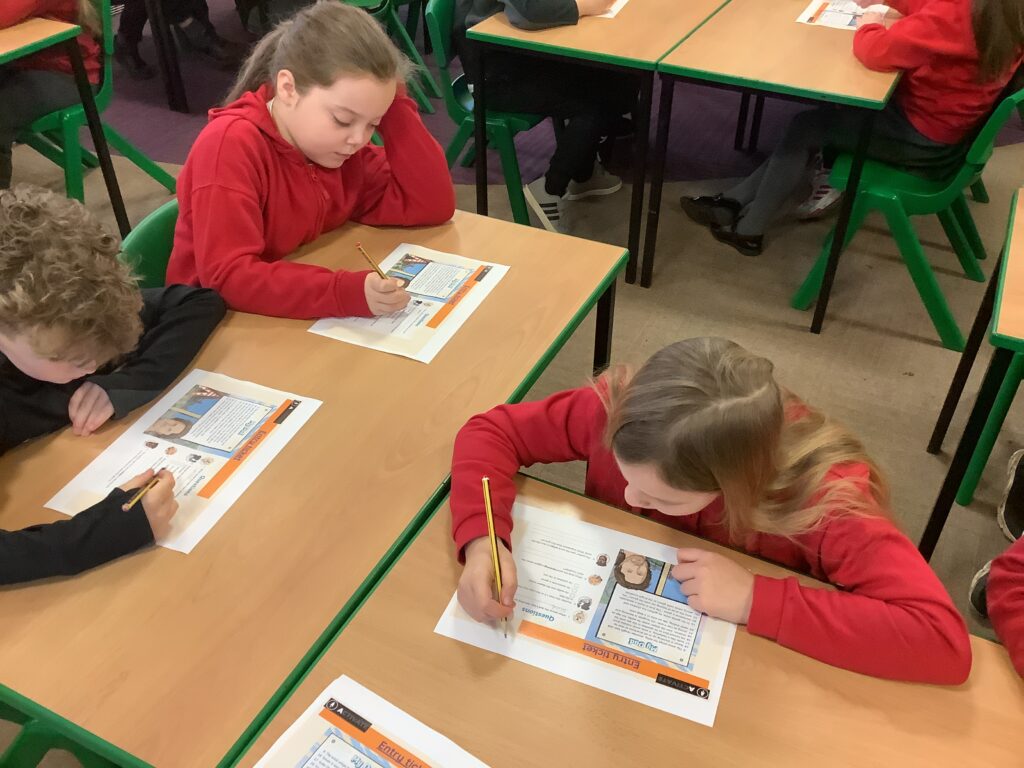

The next part of our activate allowed us to explore a picture, we thought about what the character was doing, who she was, why she was doing what she was doing, what was happening and how she could be feeling! We were then introduced to the title of the story! We took part in a silent conversation using the lenses to answer questions. From here we explored the blurb which we all found very funny!! Again we worked on our fluency skills, taking part in both independent and partner reads. We then explored some of the language in the text and played four corners to assess our understanding. We can’t wait to start reading the story tomorrow 🙂
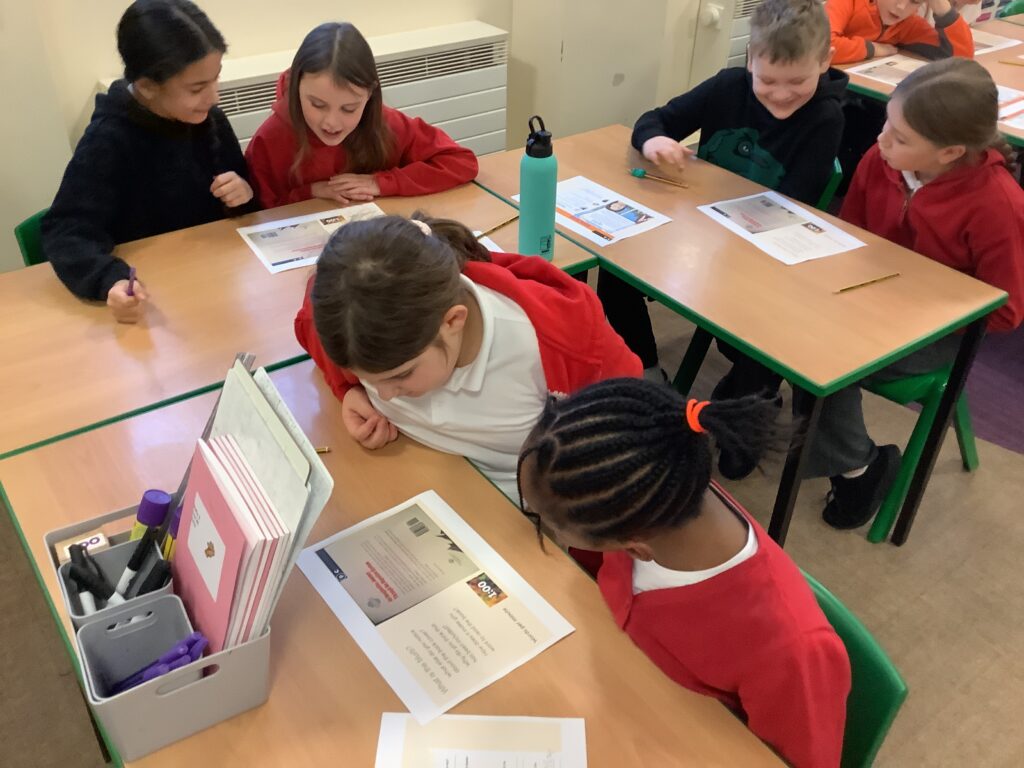
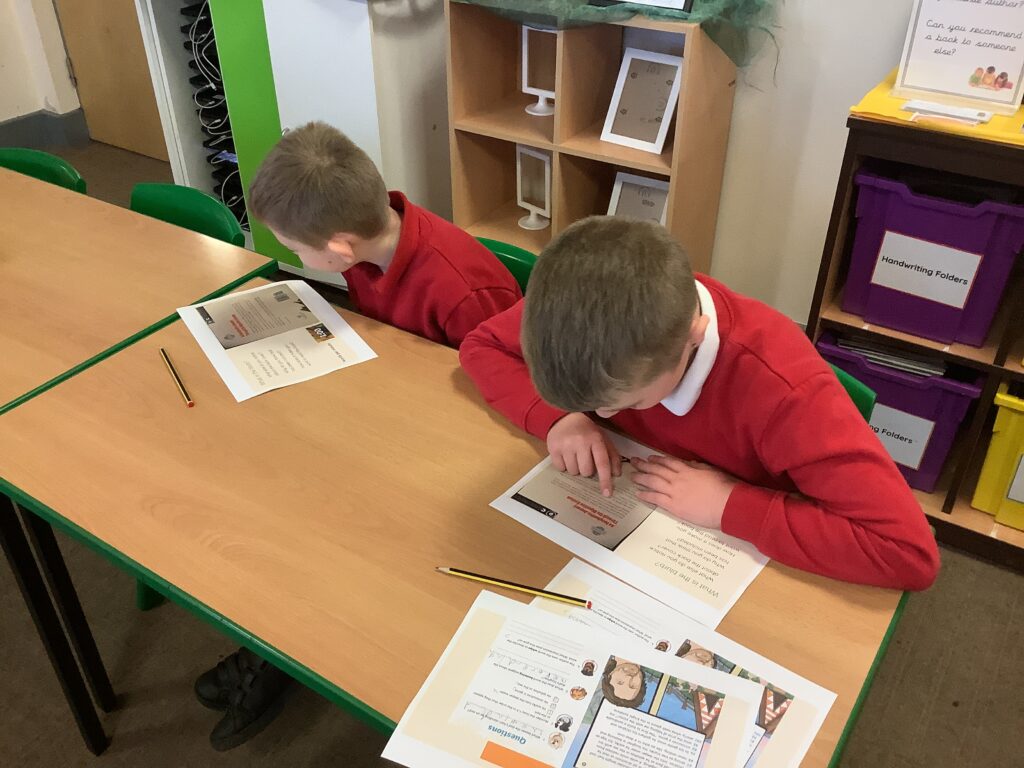

It has been wonderful to have Crew MI back in the classroom today and what a great start we have had! We have loved getting started with our hook week learning.
We started our learning by looking at the different types of teeth we have!We explored why we have teeth with lots of reading opportunities and lots of focus on our fluency and words per minute. We explored our mouths with a mirror where we looked at the different teeth we have. We labelled a diagram of the teeth then created some writing on the functions of the teeth.
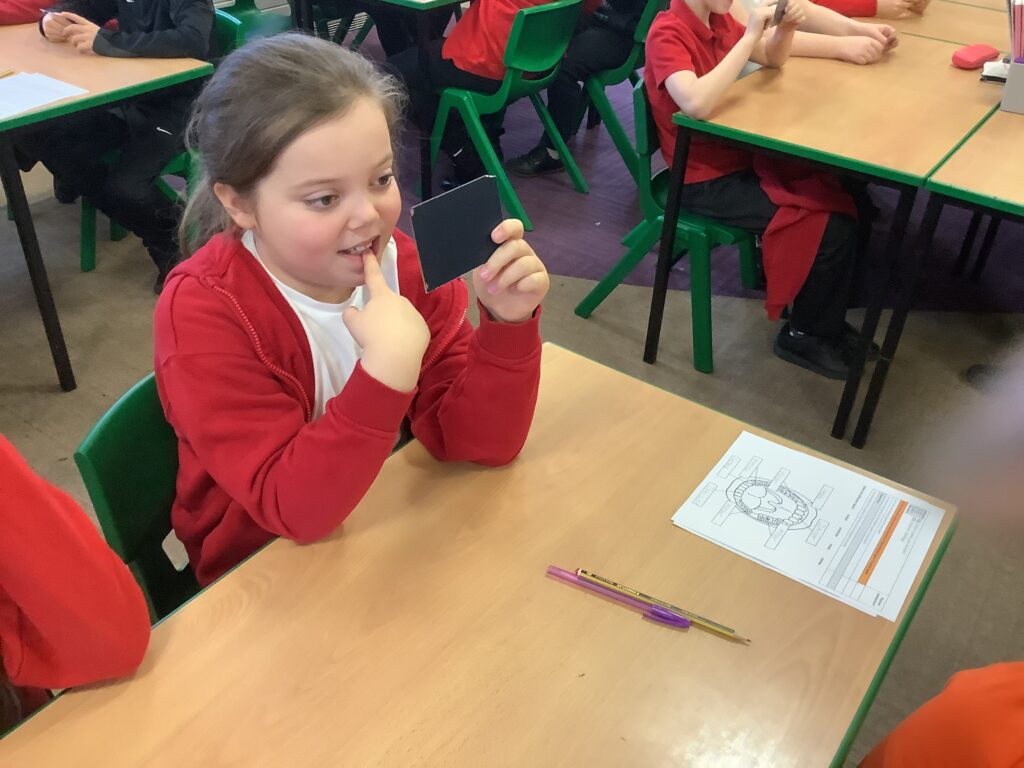
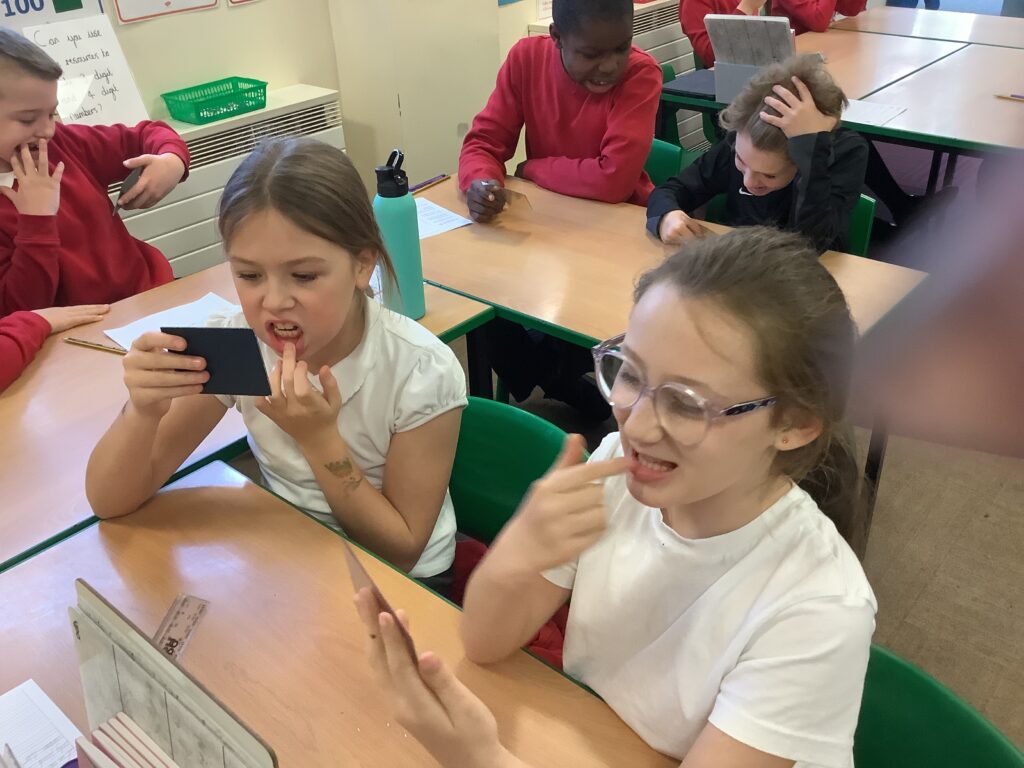
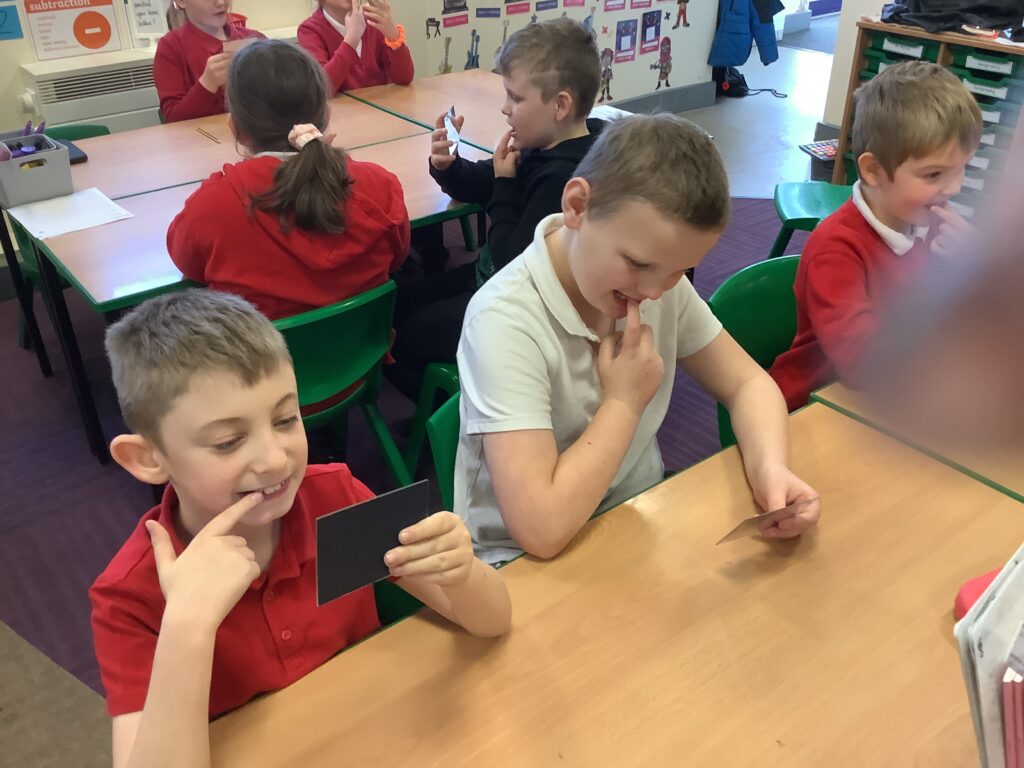
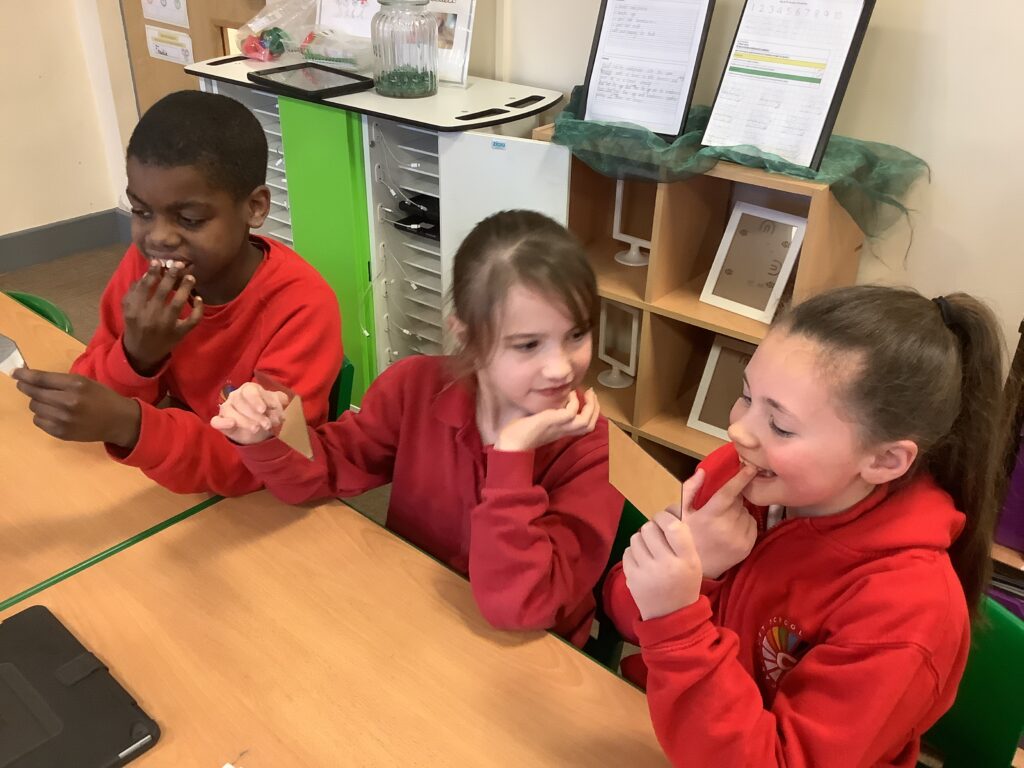

We then moved onto setting up our teeth investigation where we will explore the impact different liquids have on our teeth.
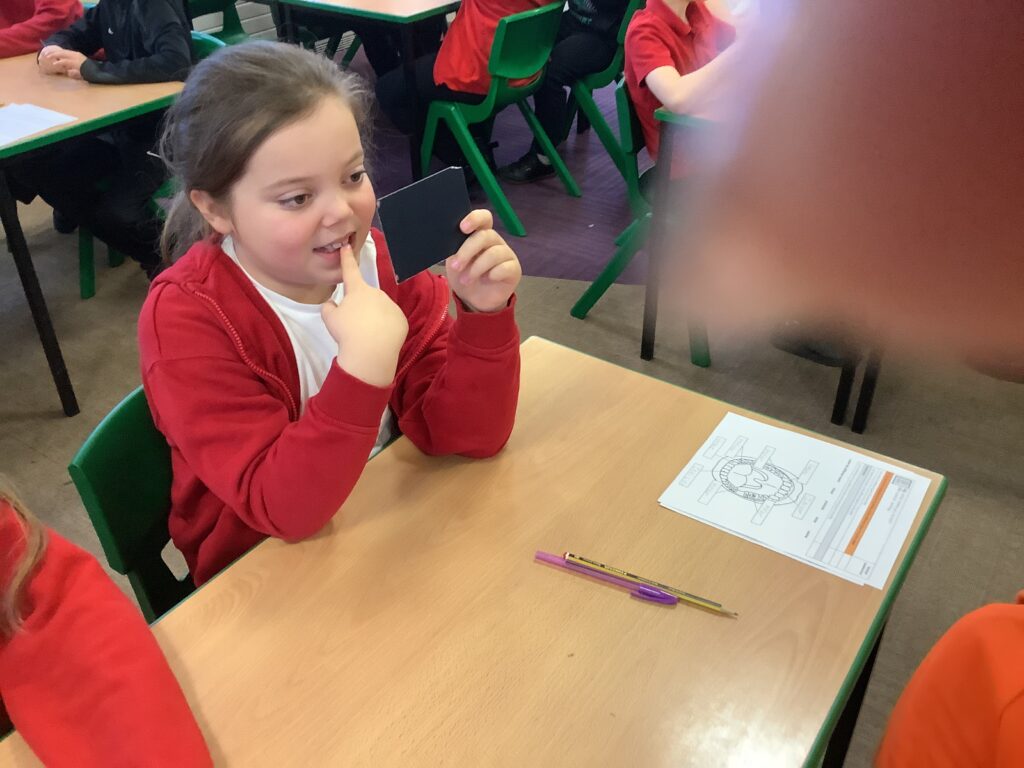
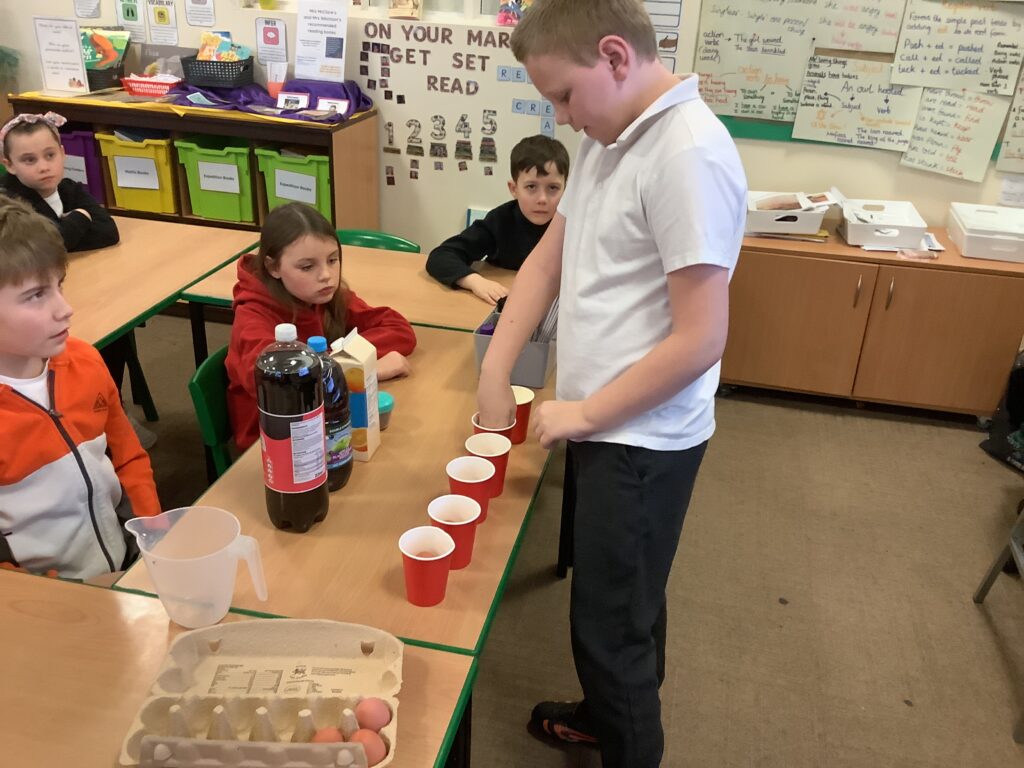
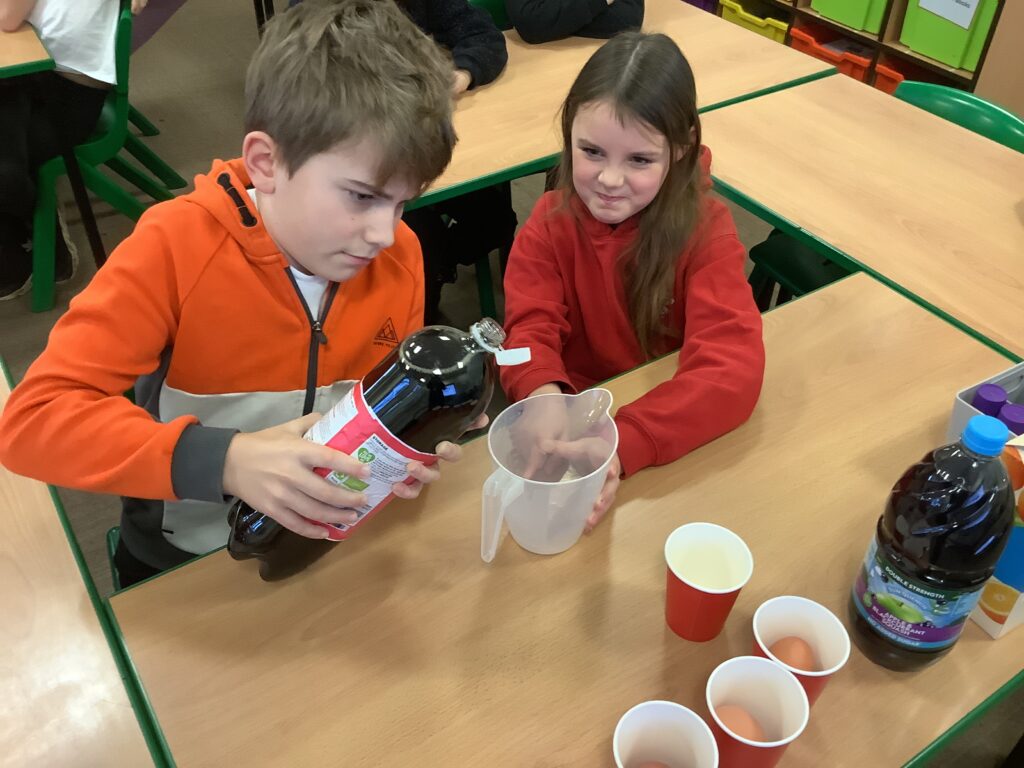
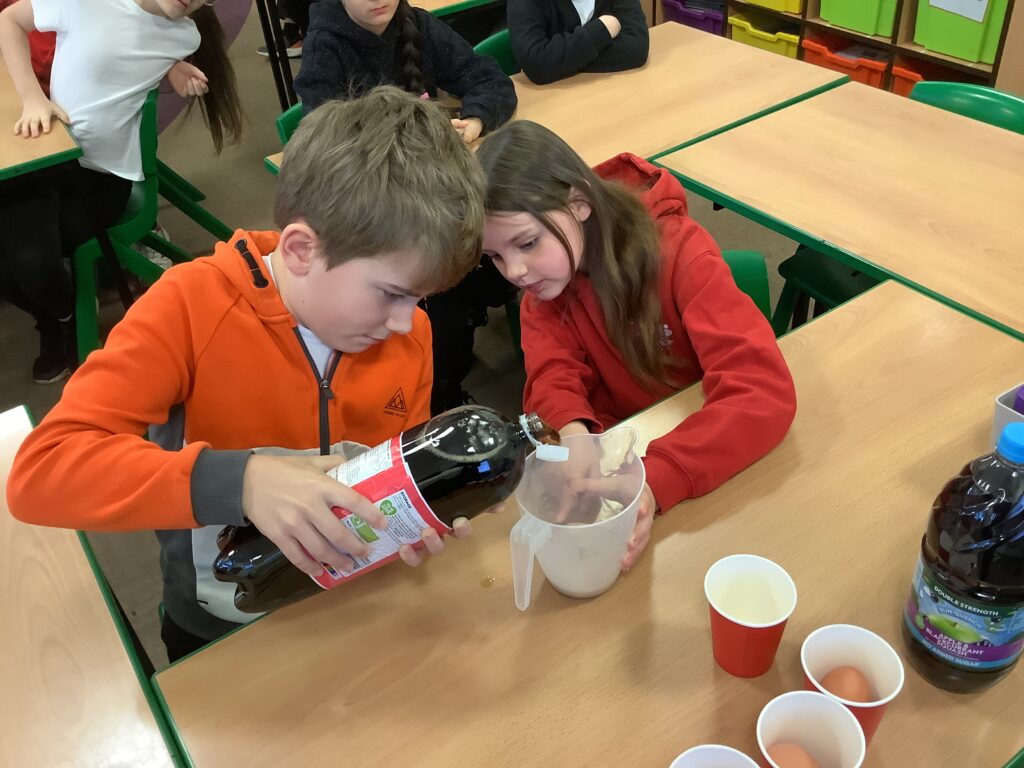

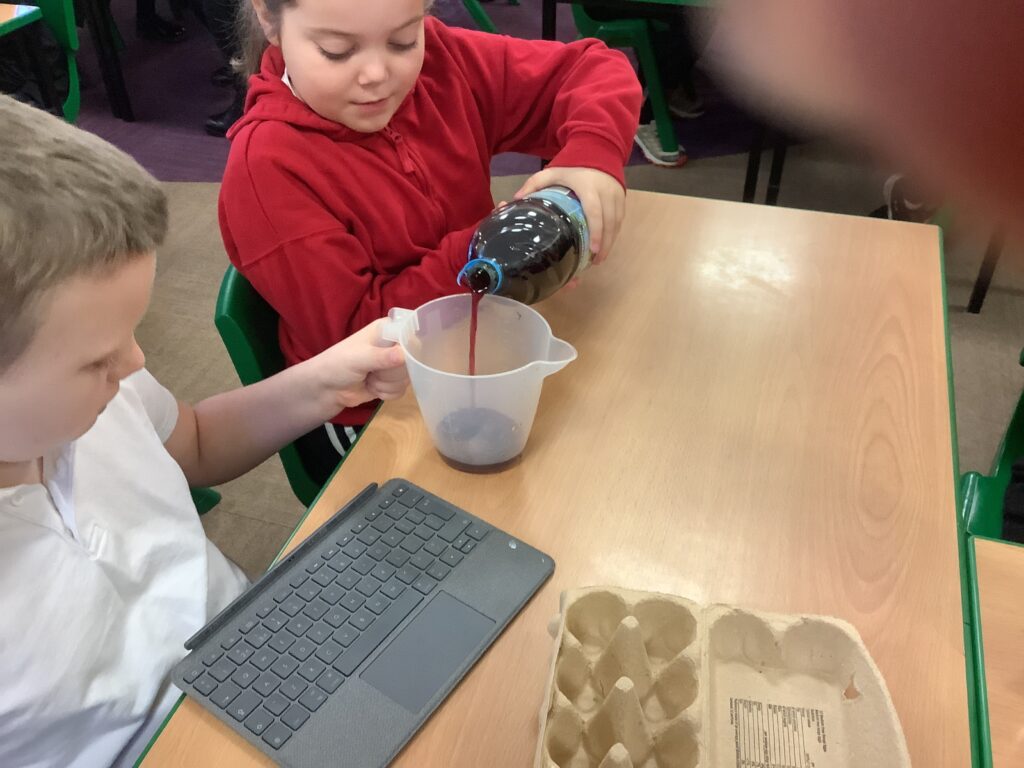
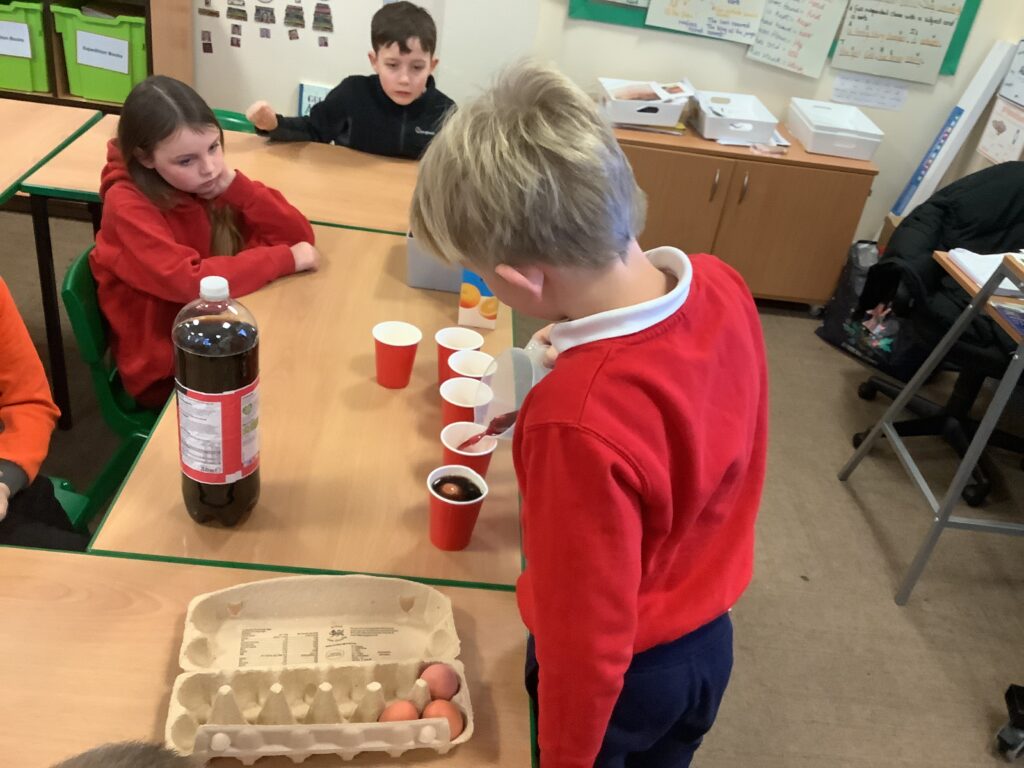
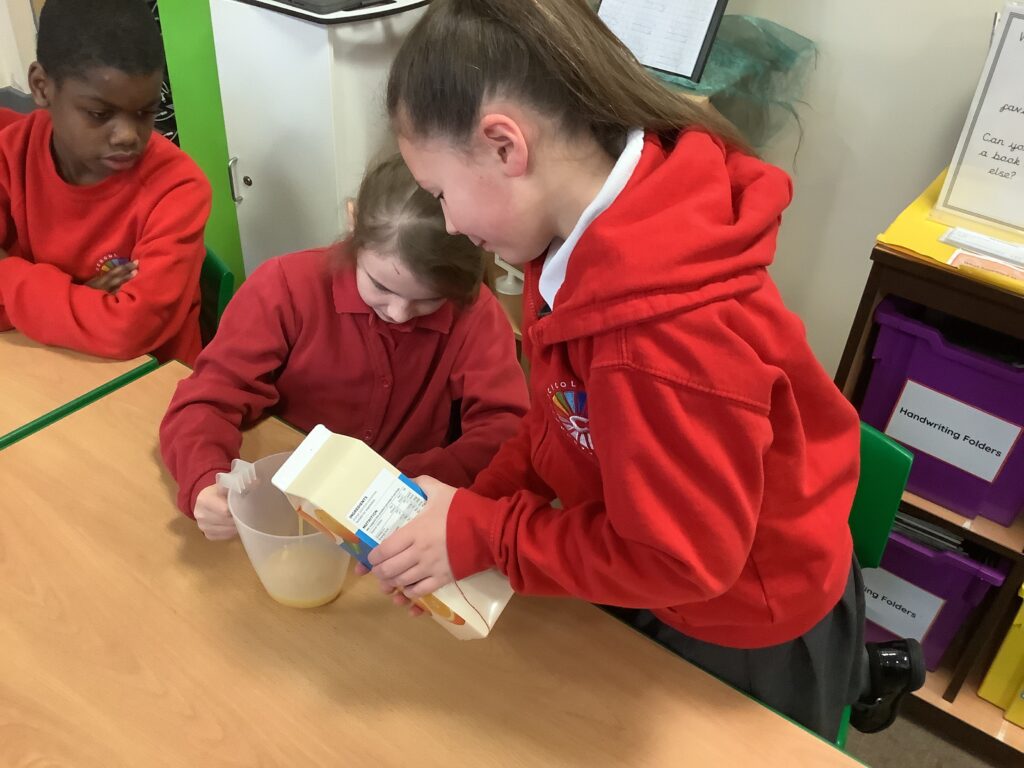
We created our own question and hypothesis then thought about our variables. We listed all the equipment we would use then created our method.
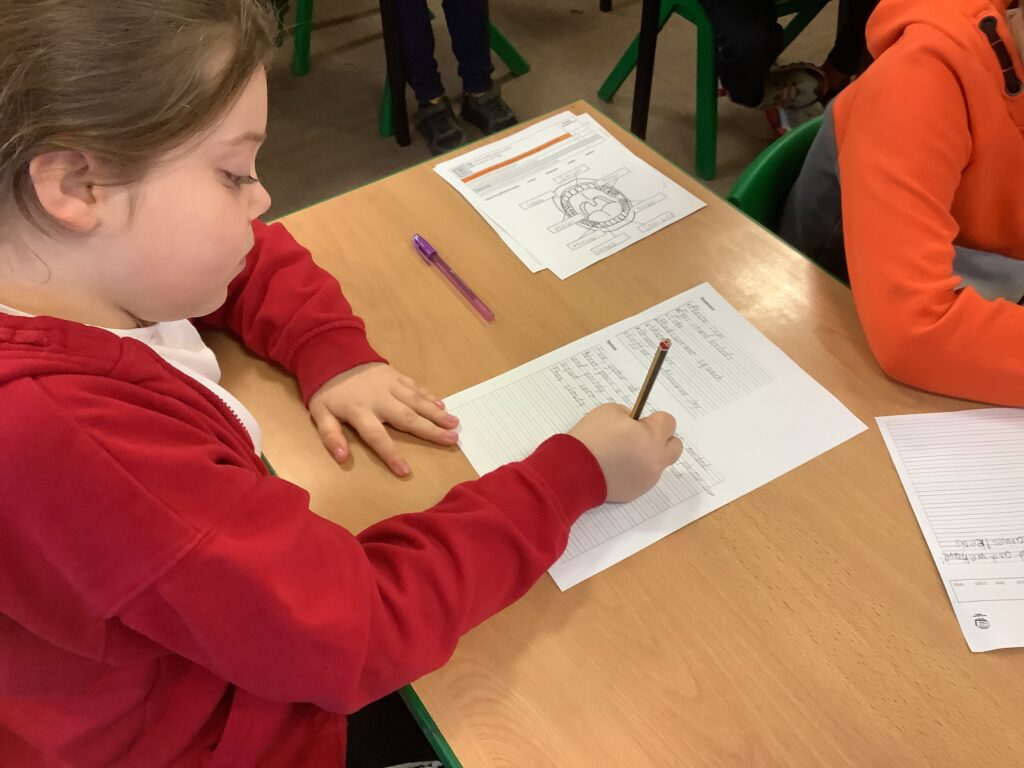
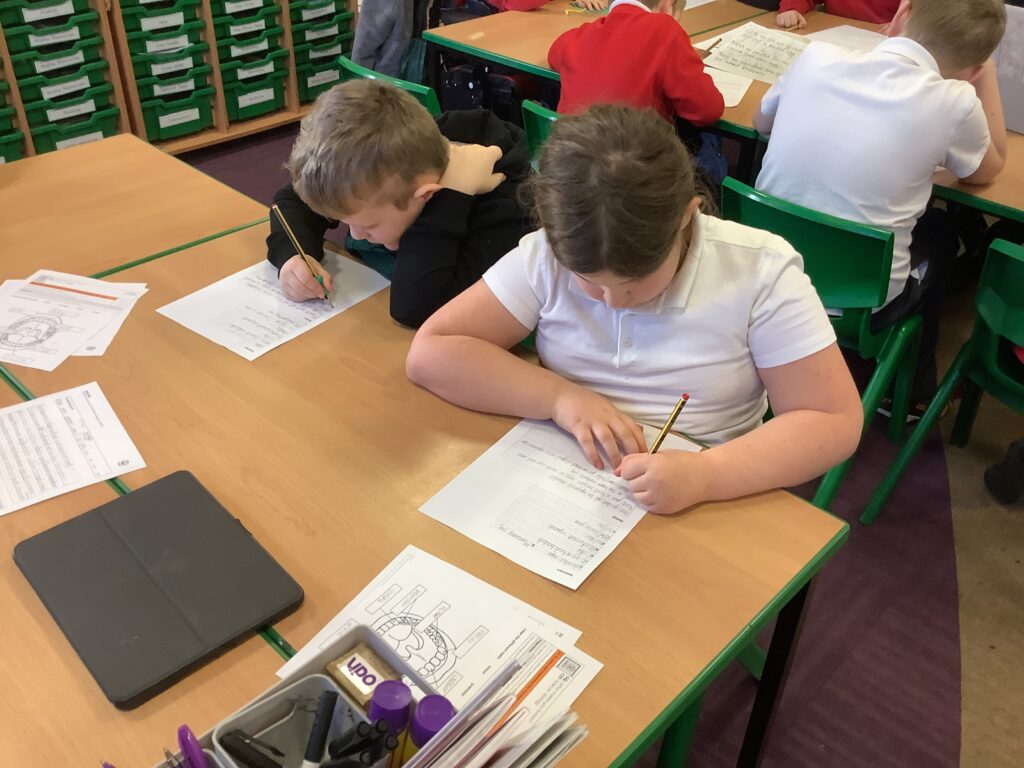

We then explored the best ways to look after our teeth. We watched a video clip all about healthy teeth and visiting the dentist. We looked at how we should be brushing our teeth and even had a go at this! Finally we thought about all the foods and drinks for healthy teeth.
